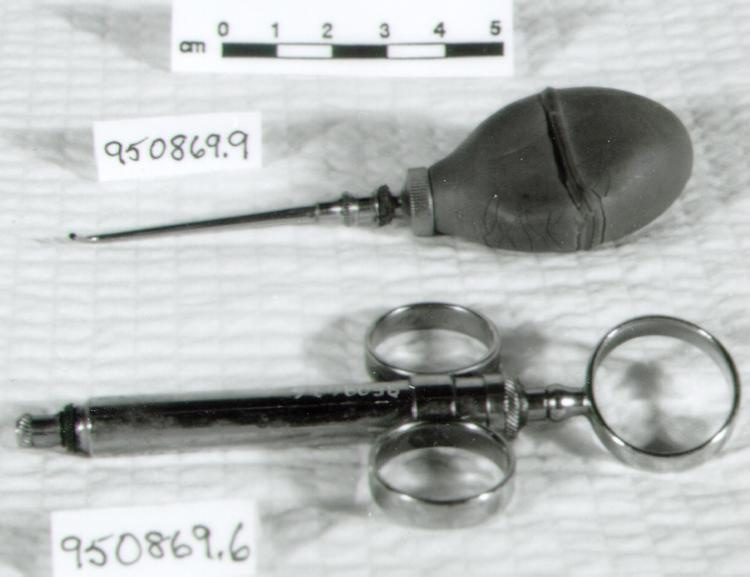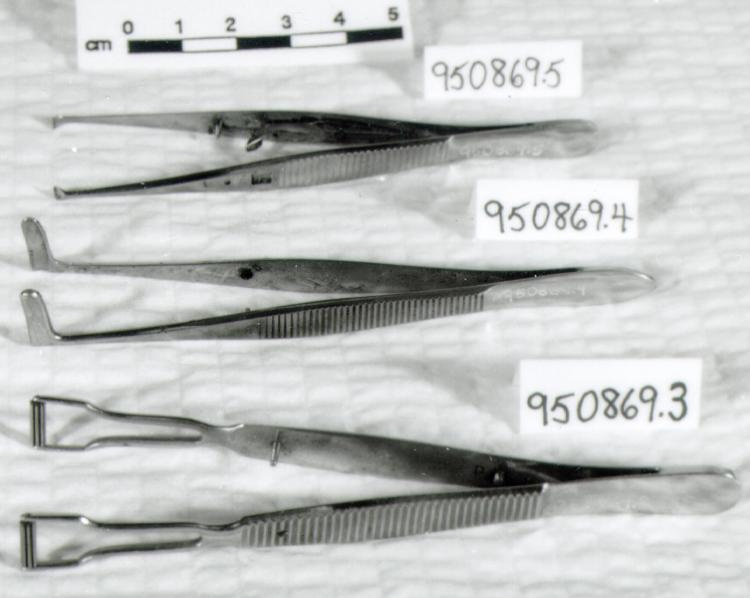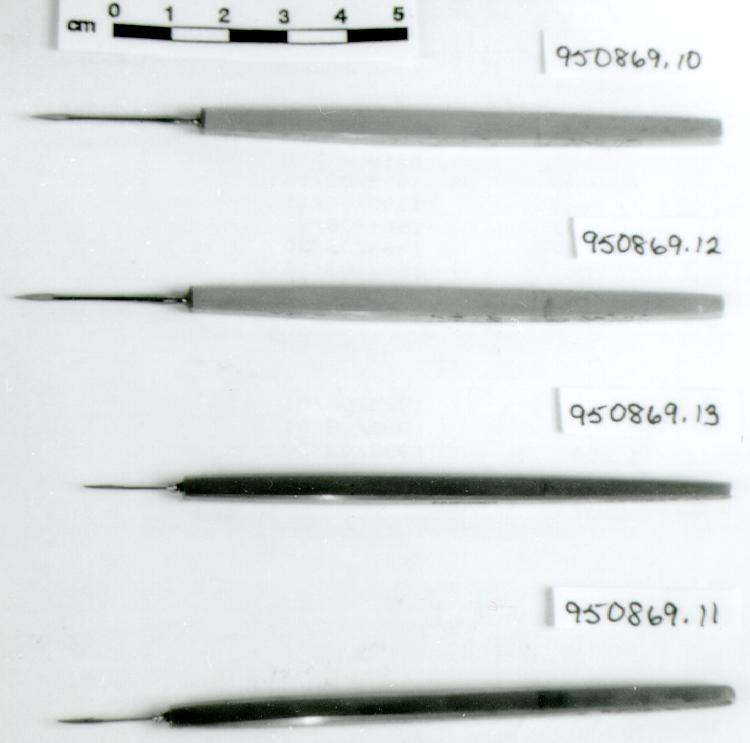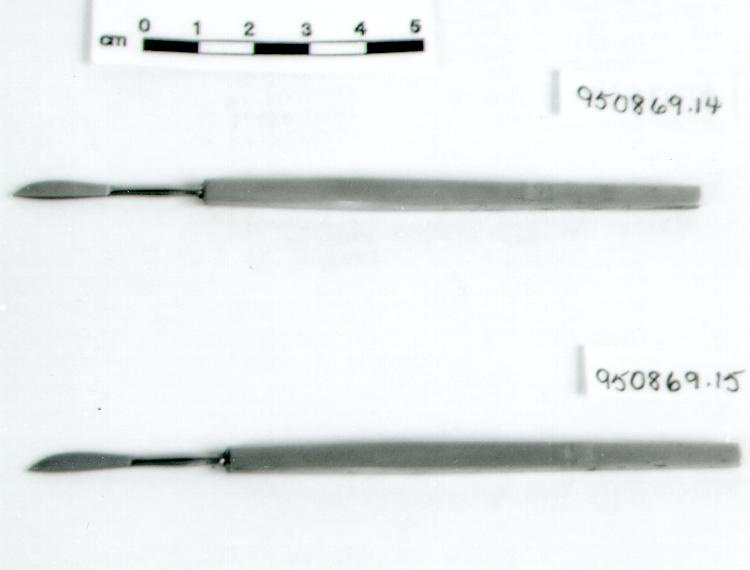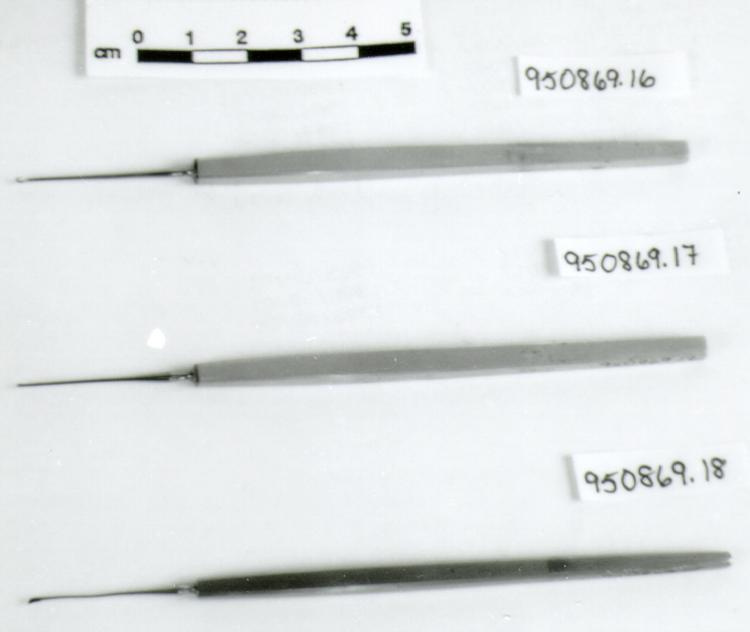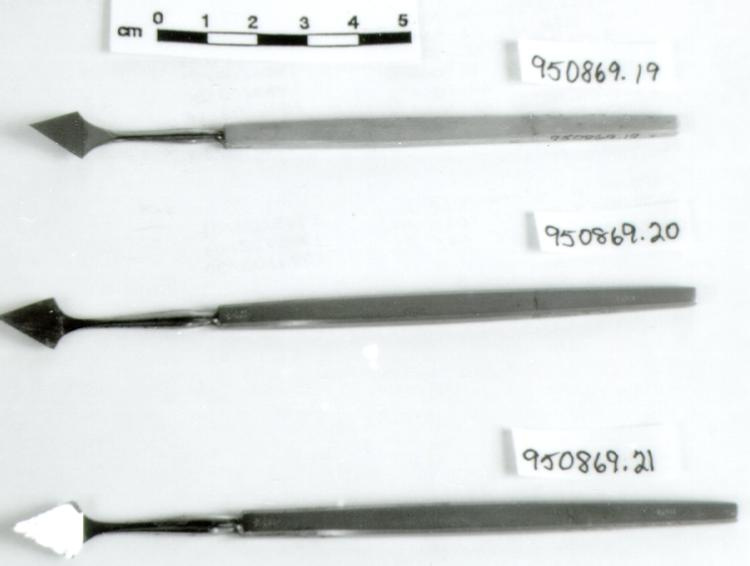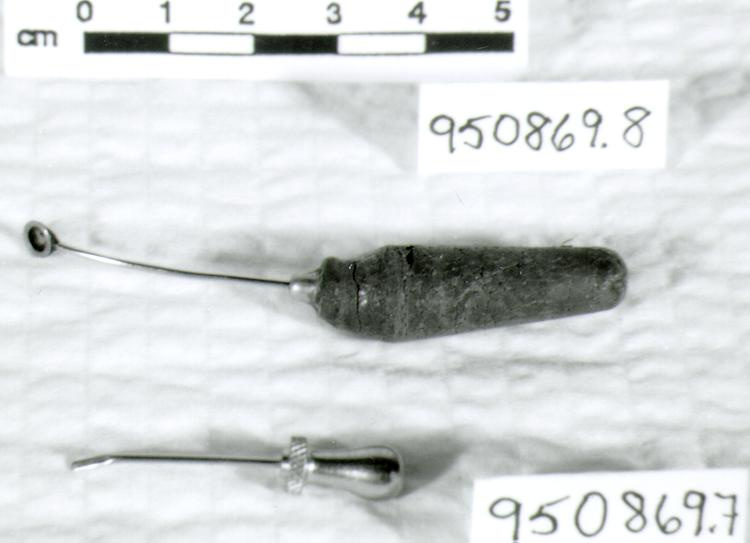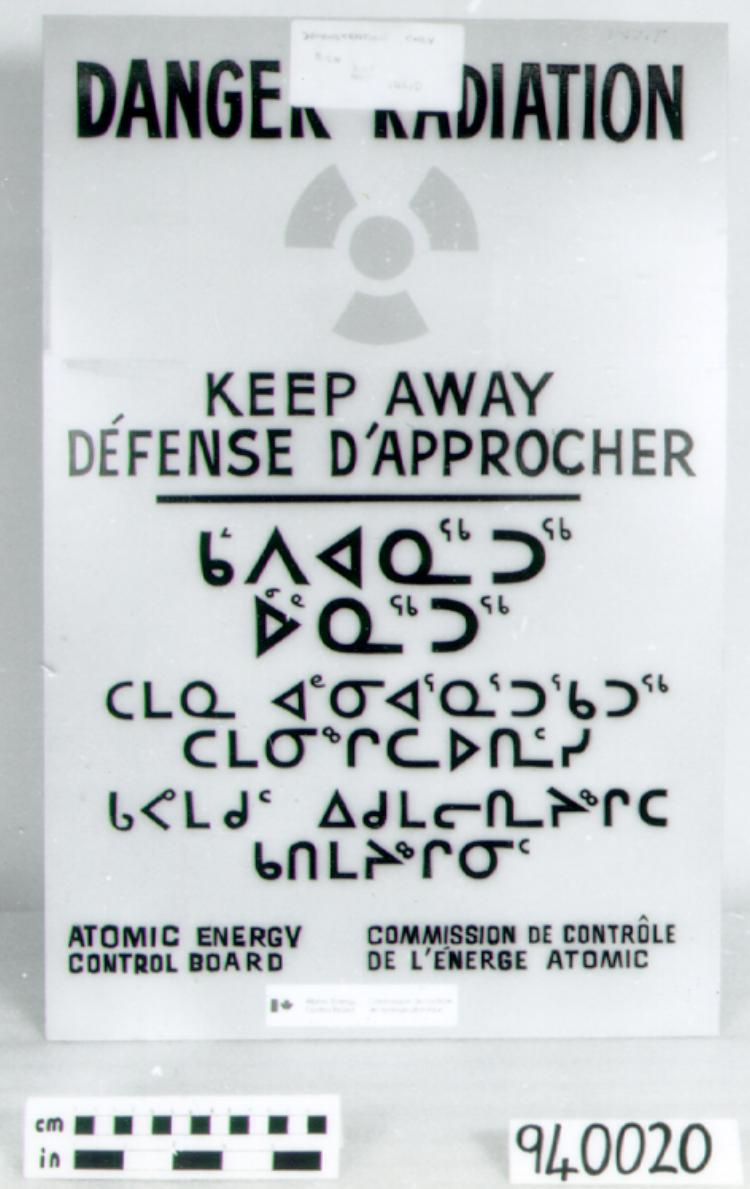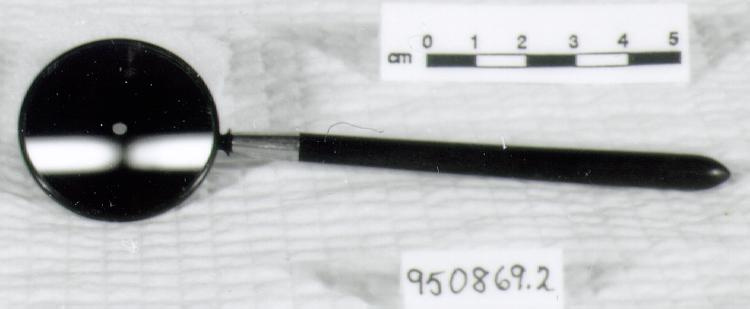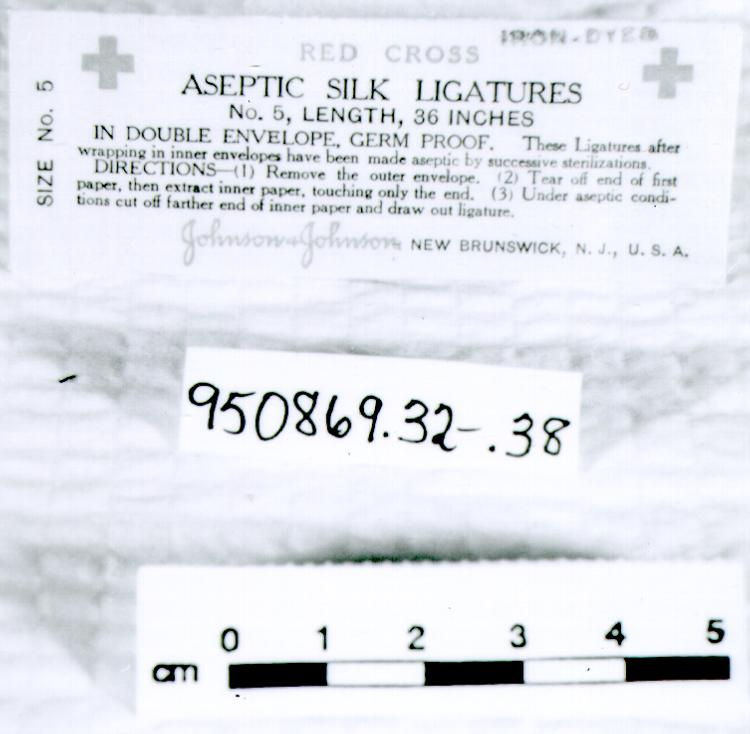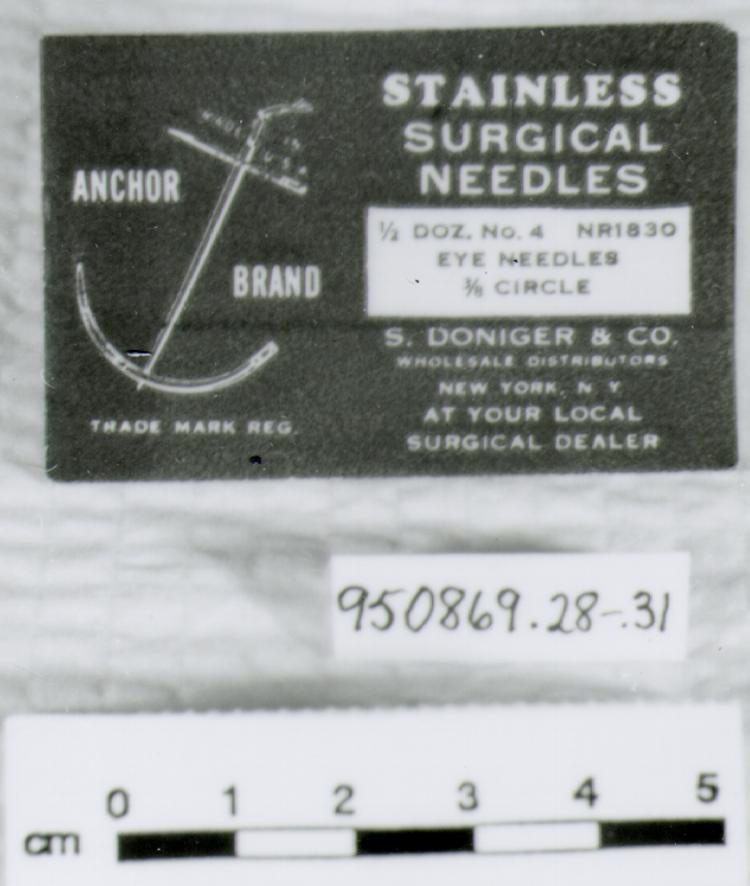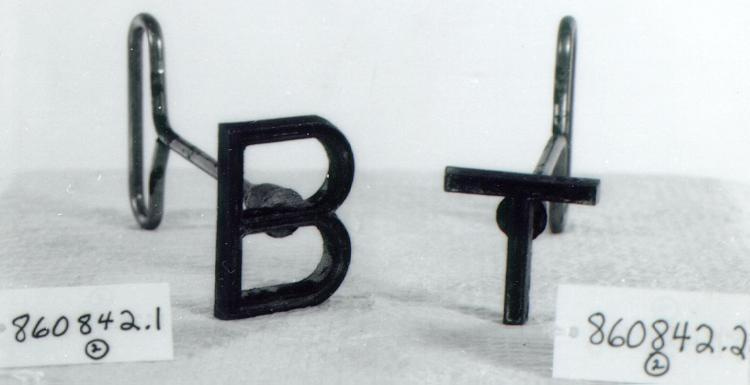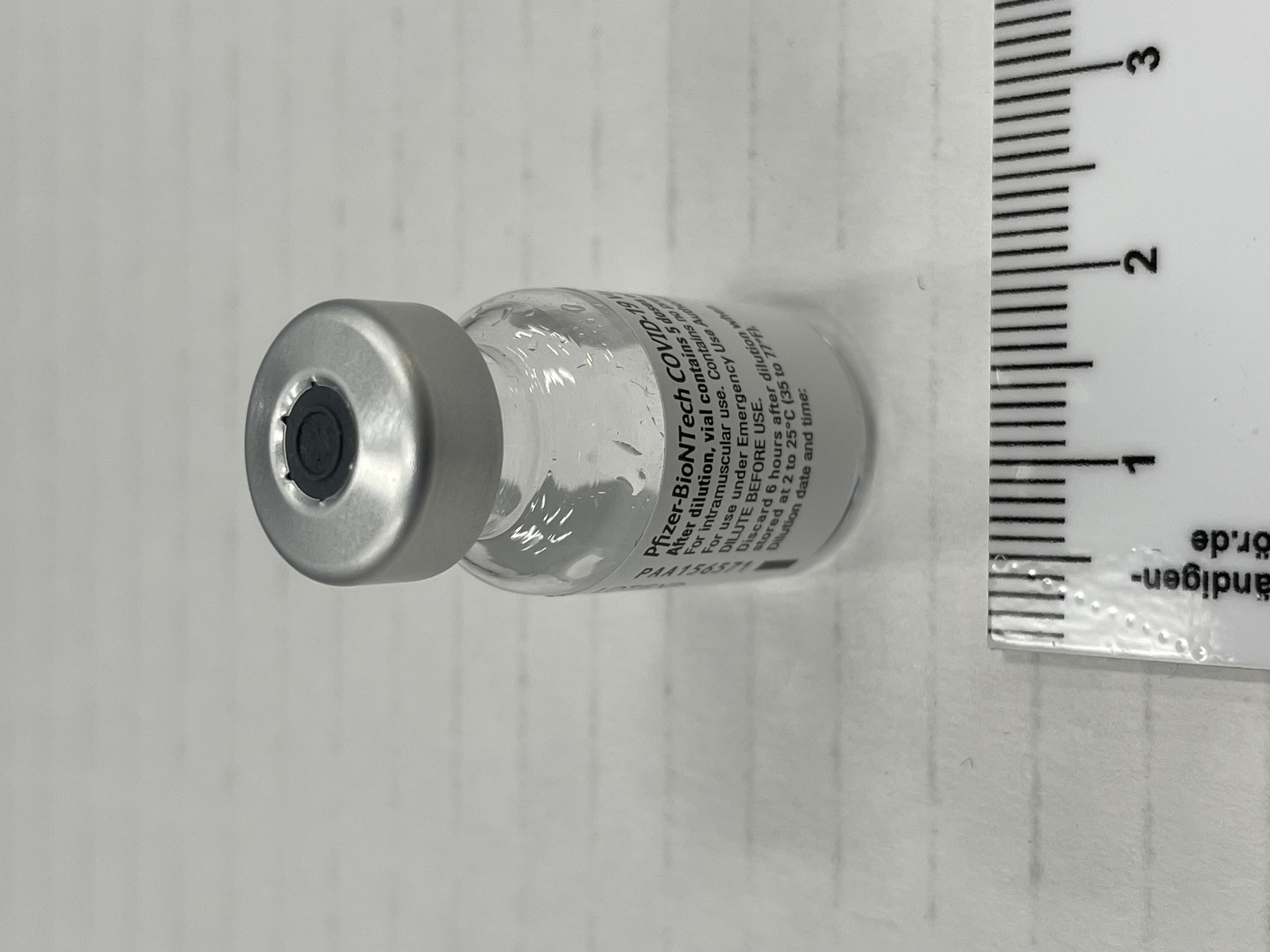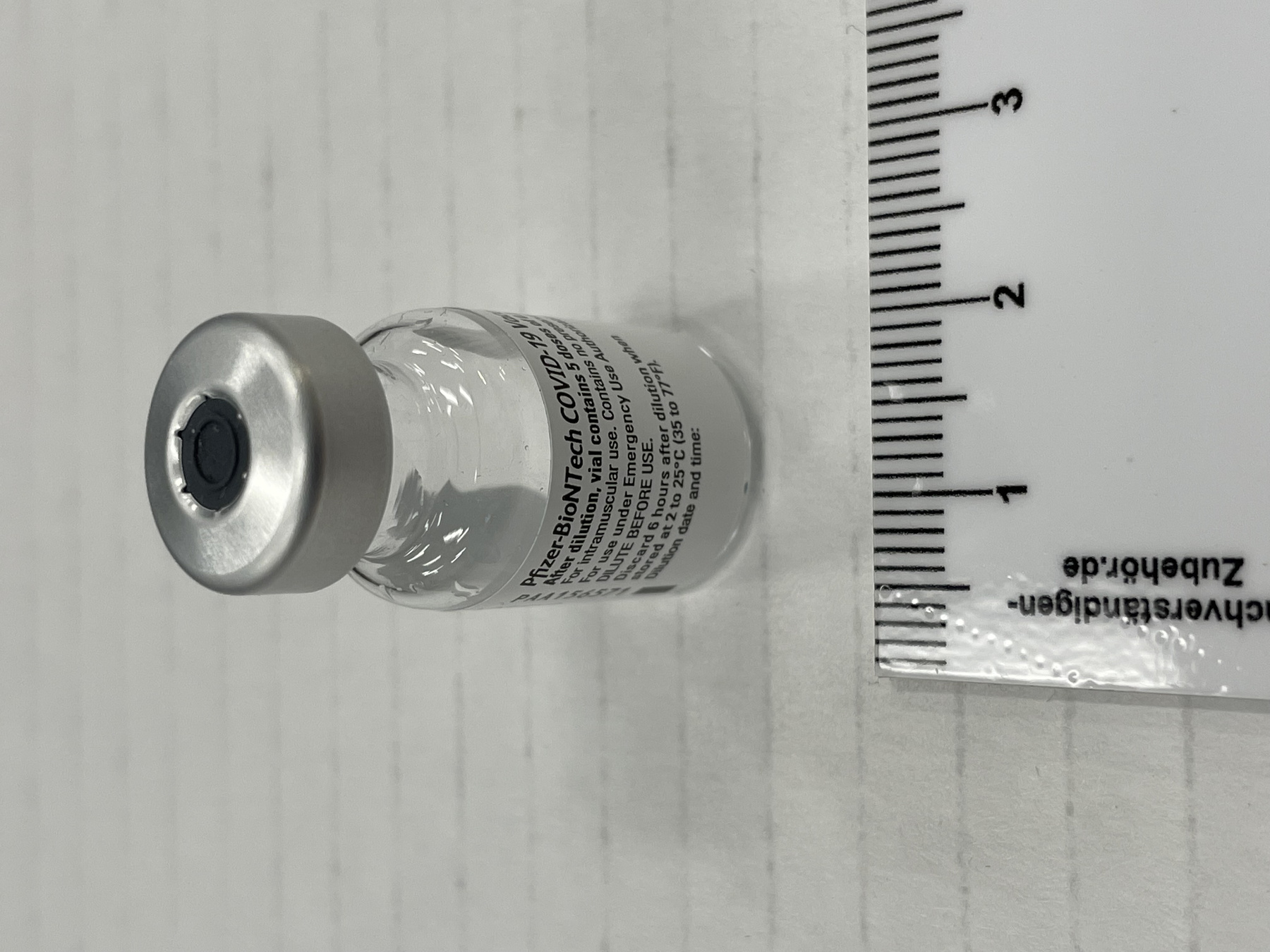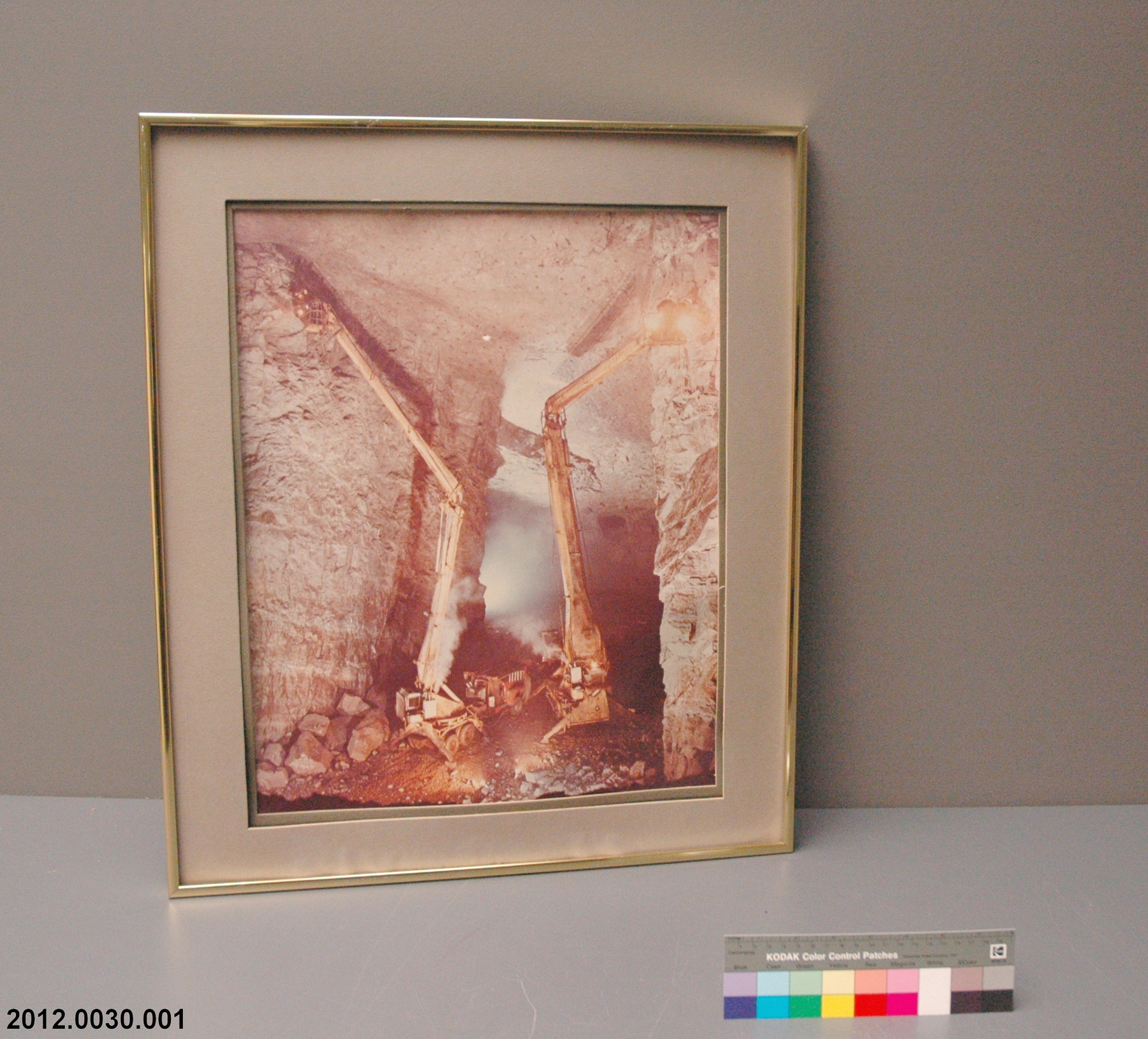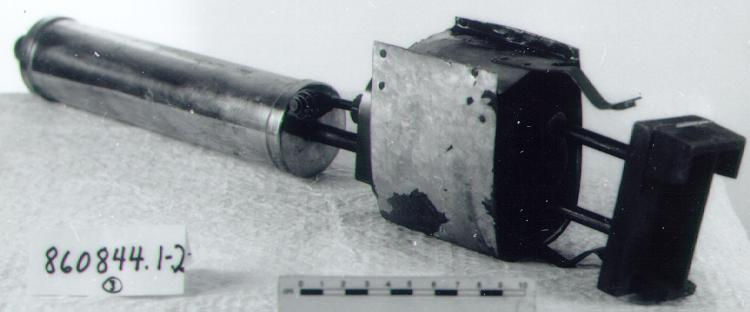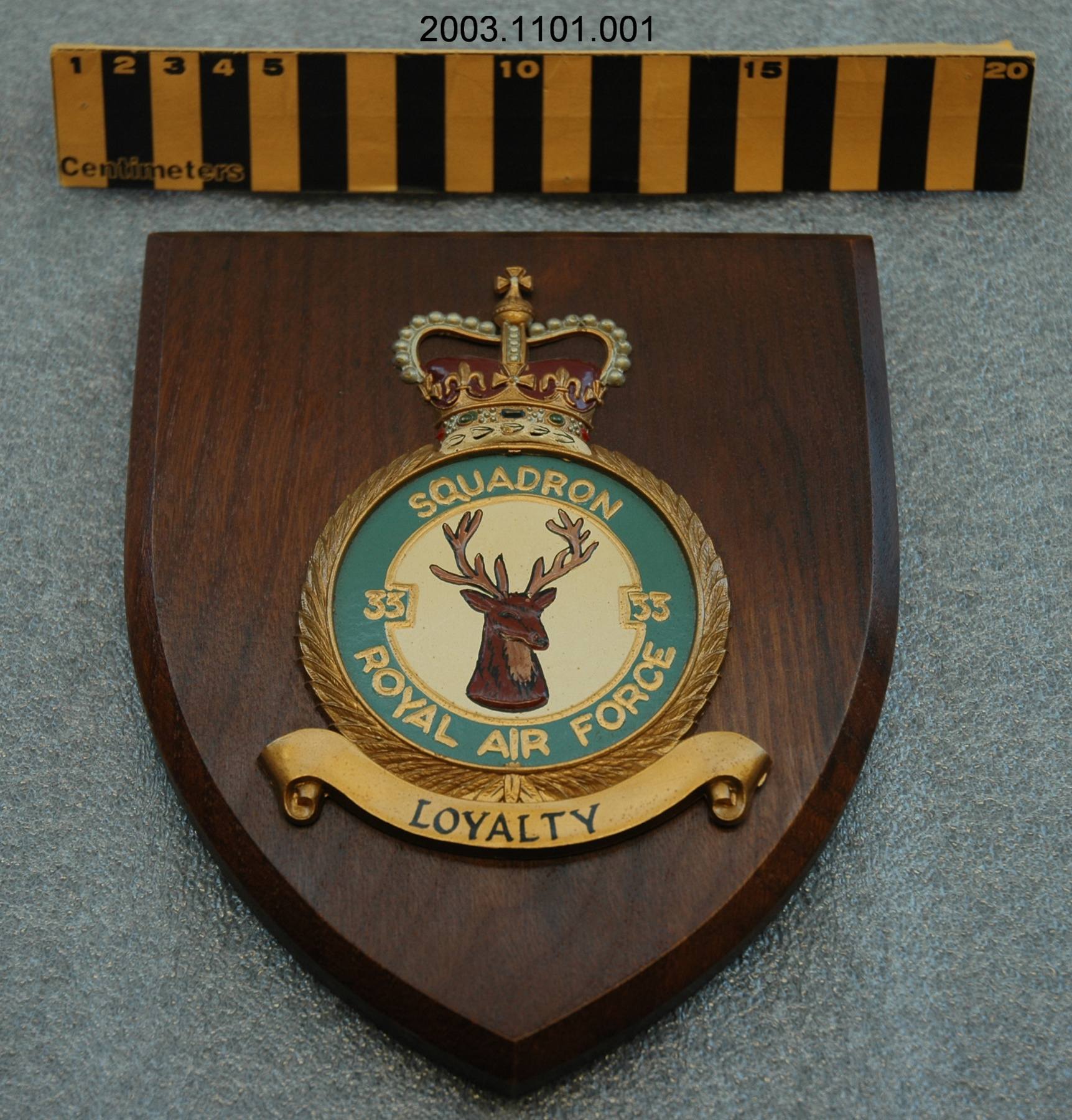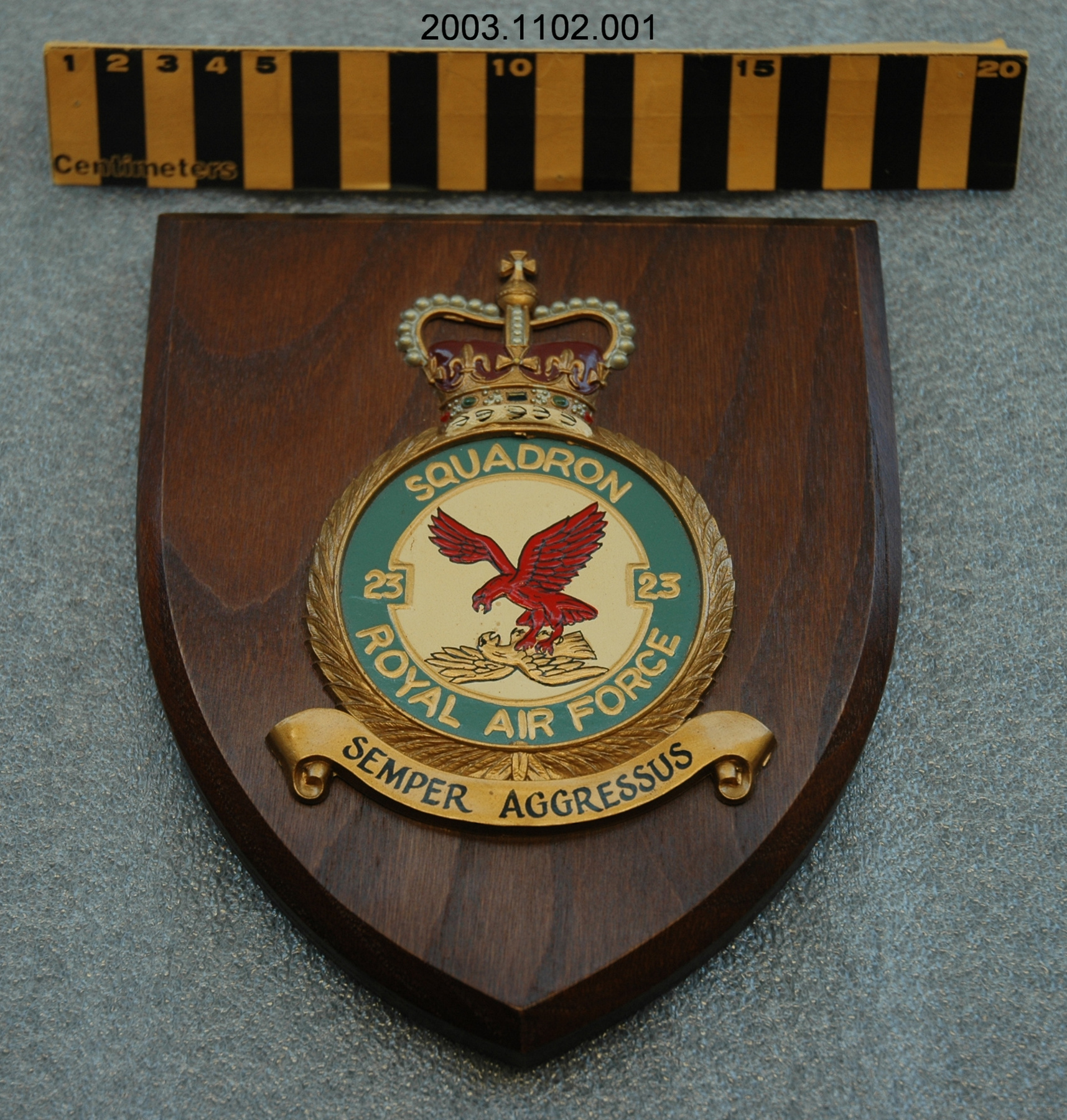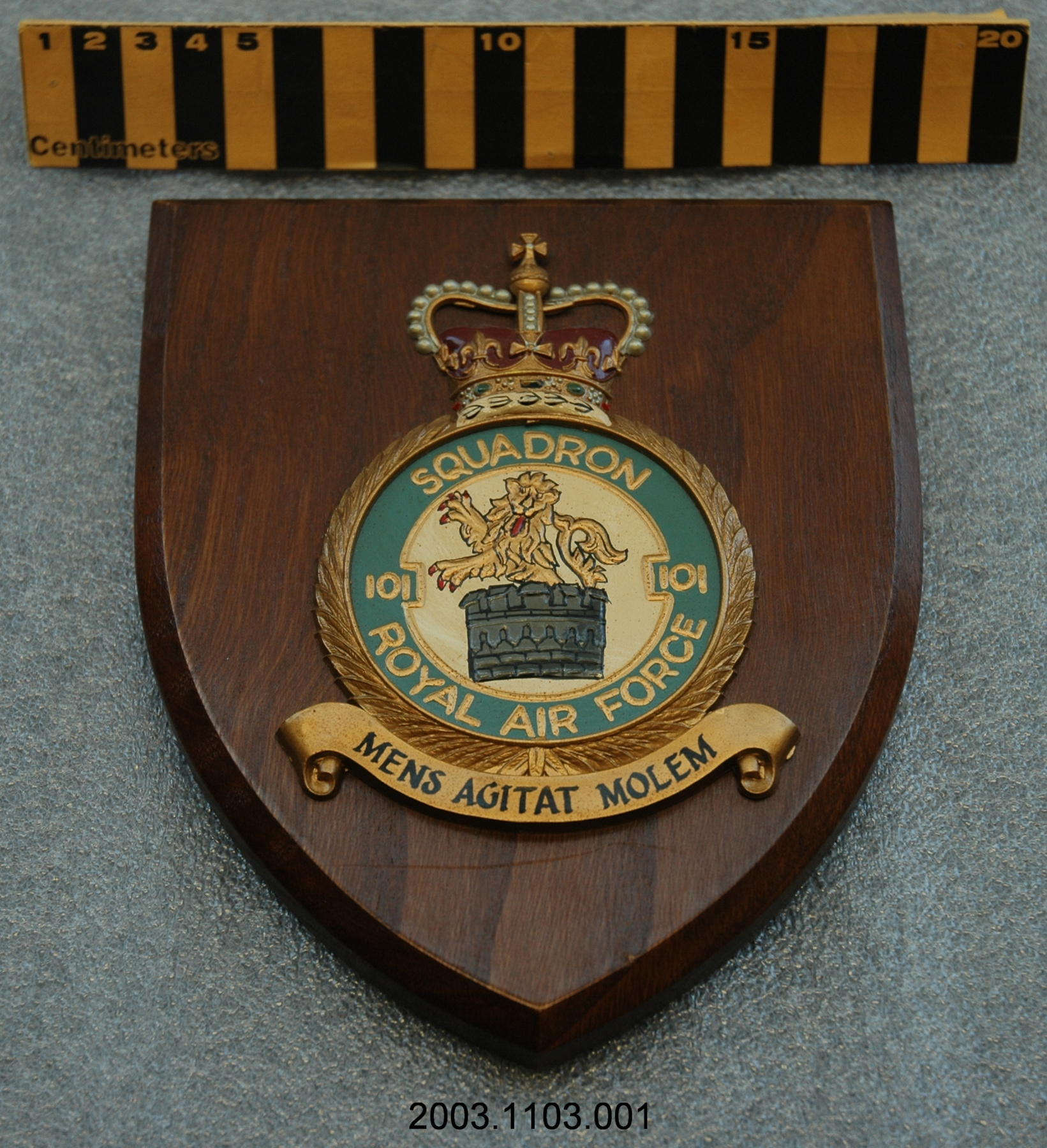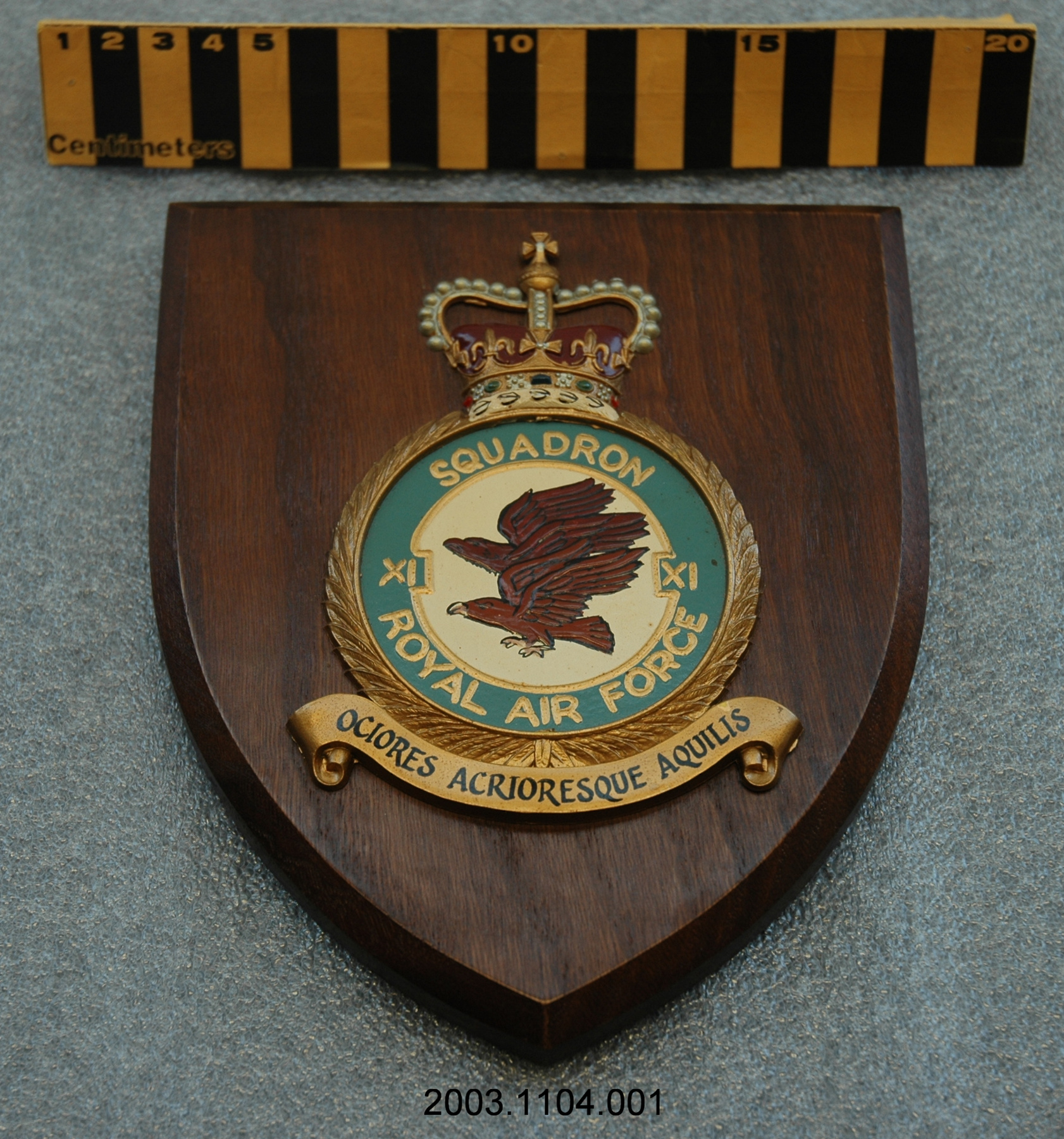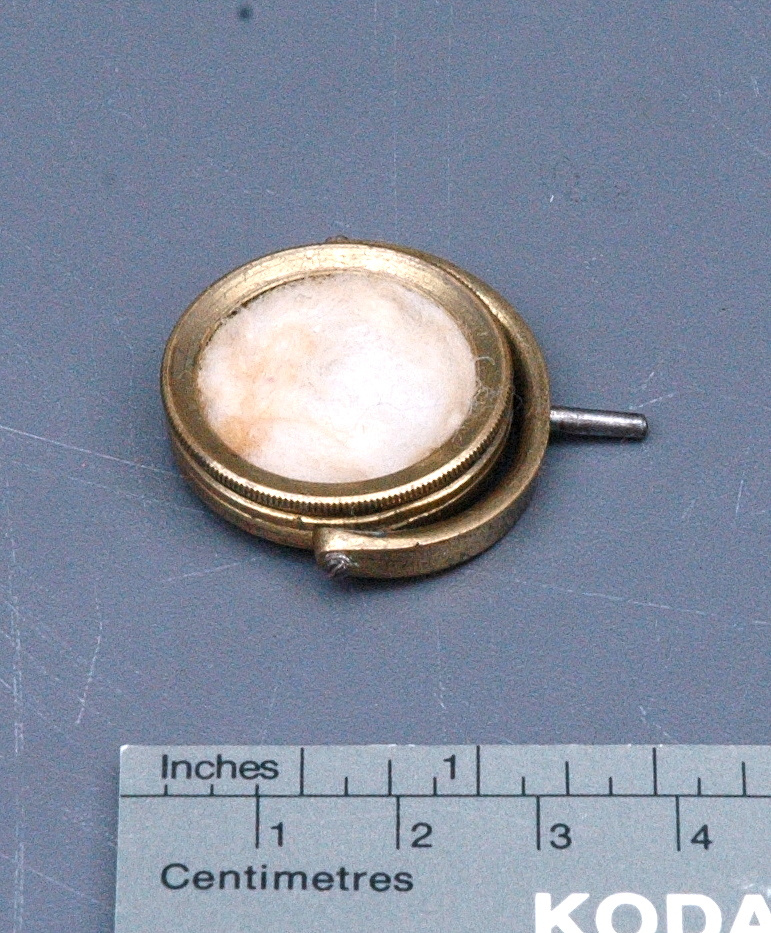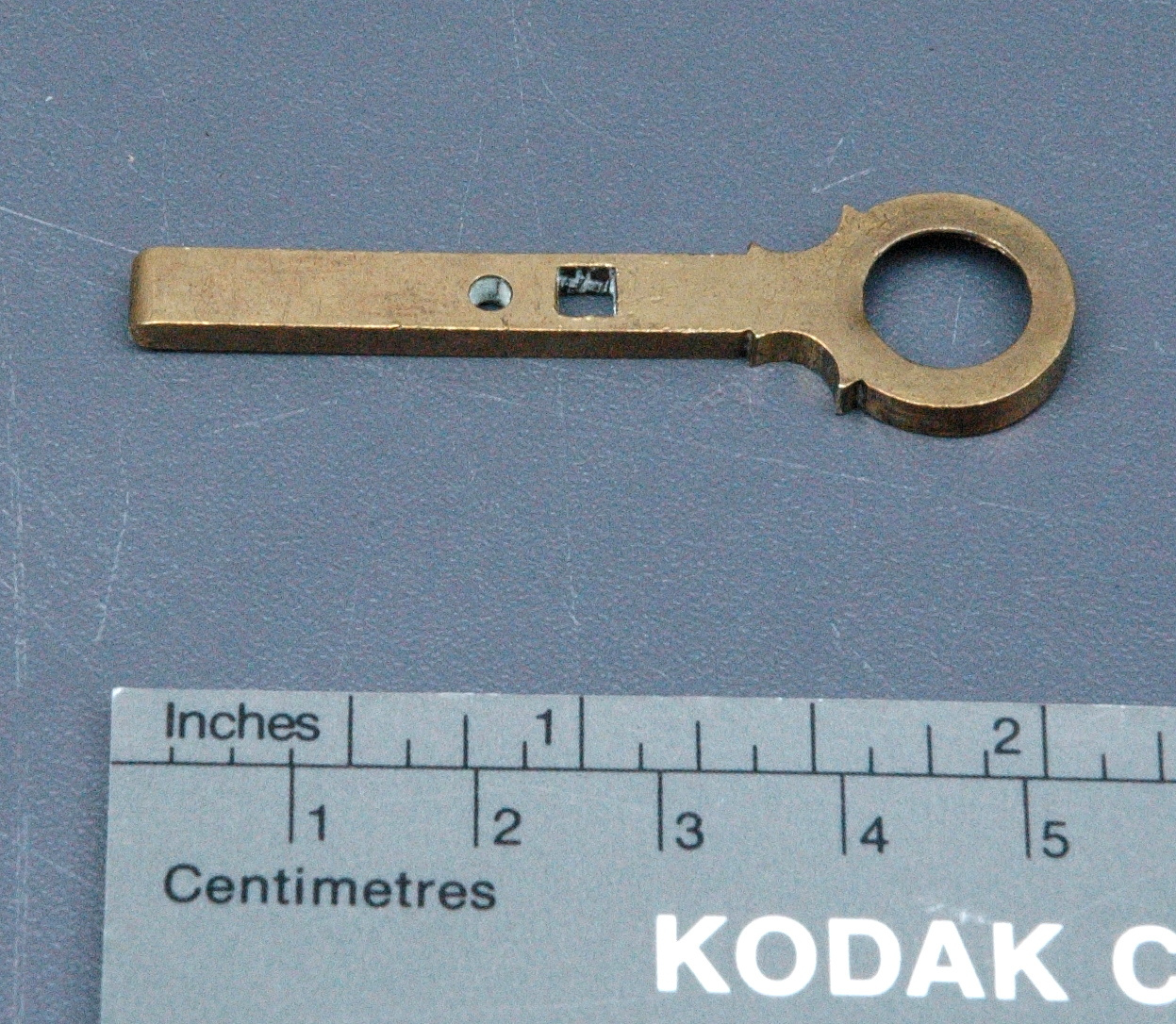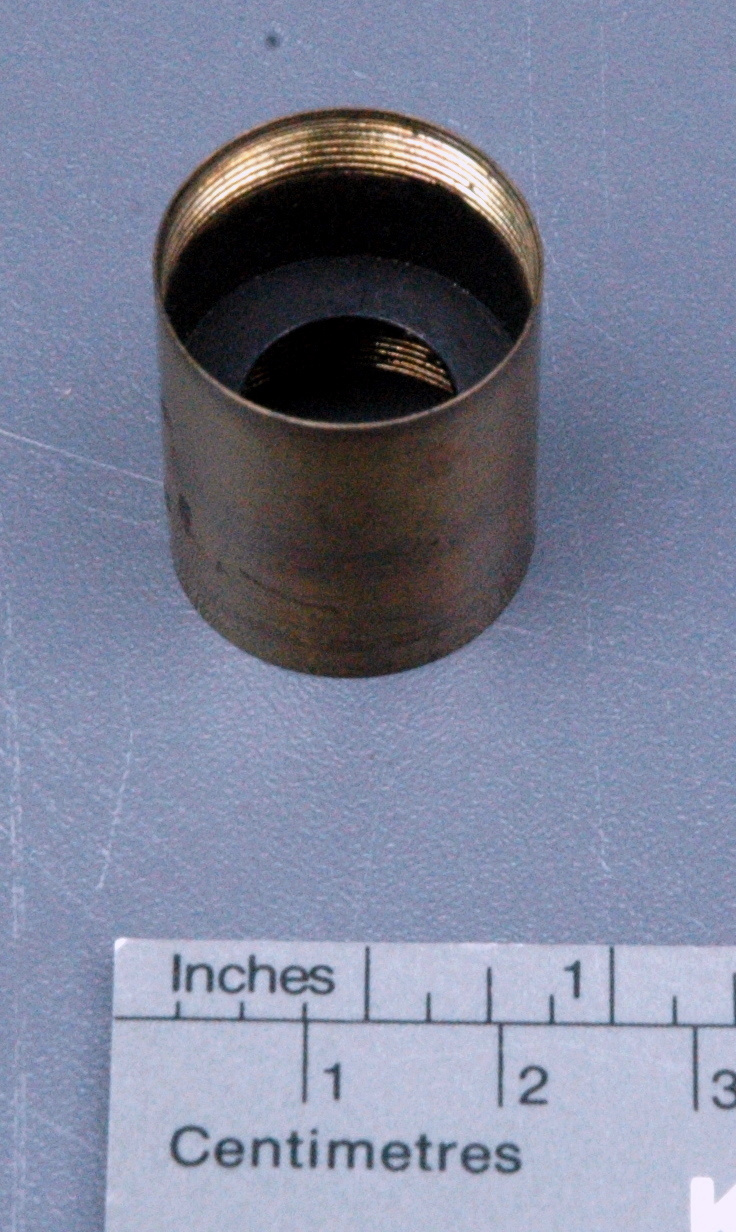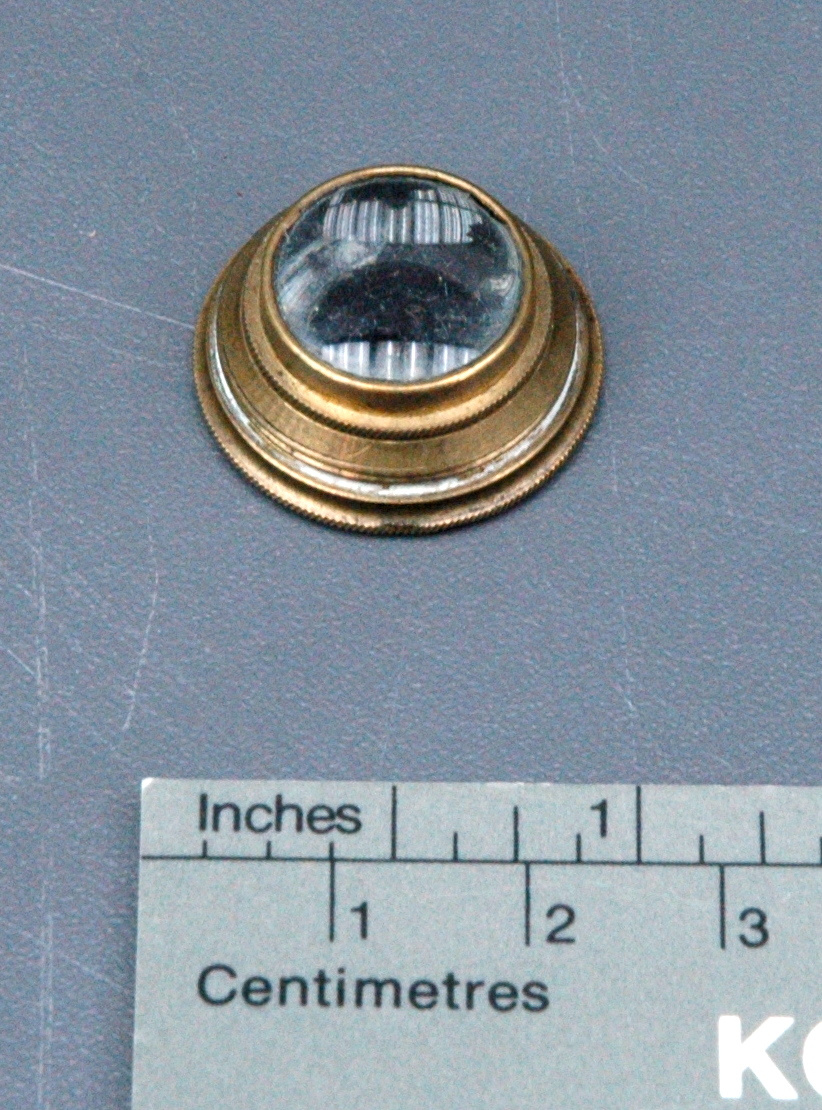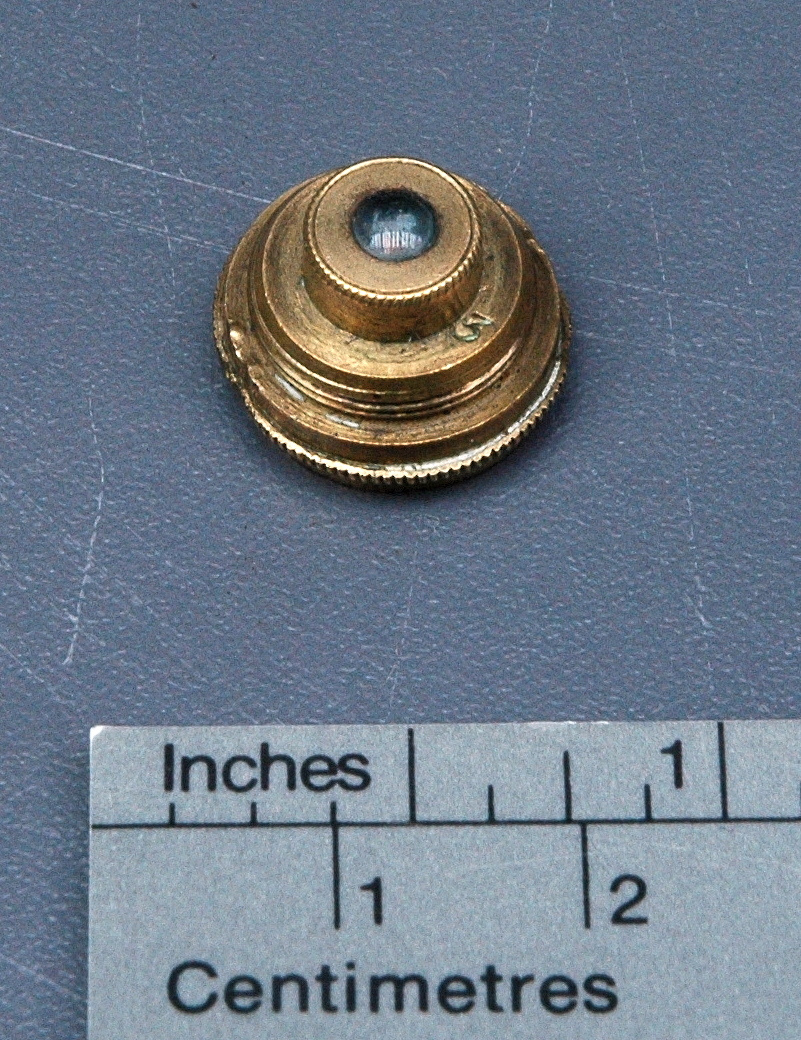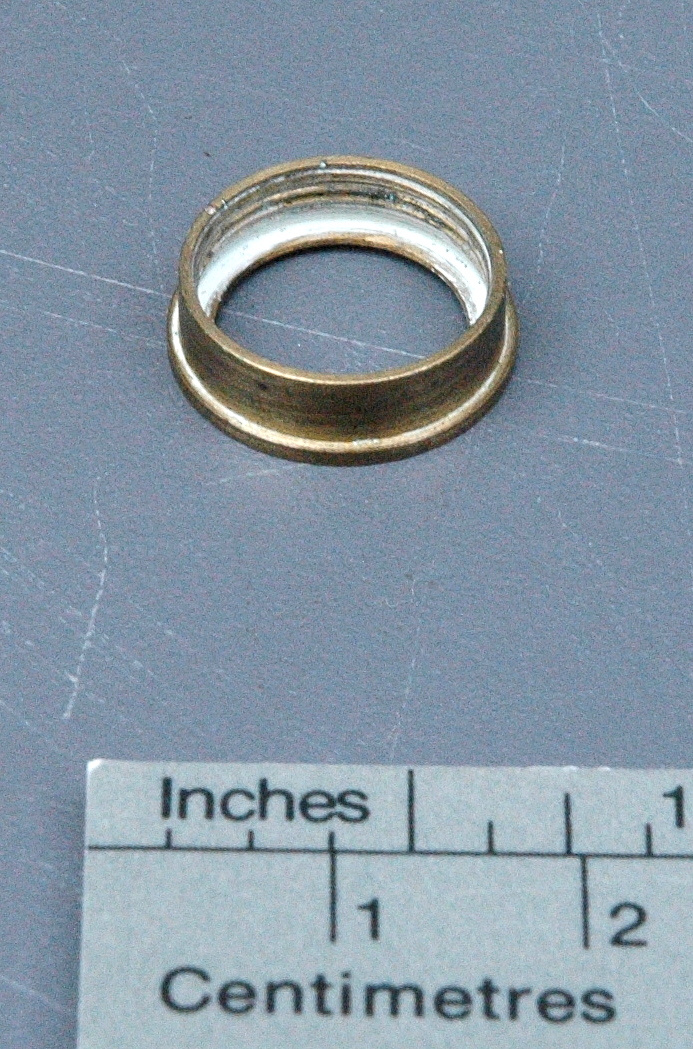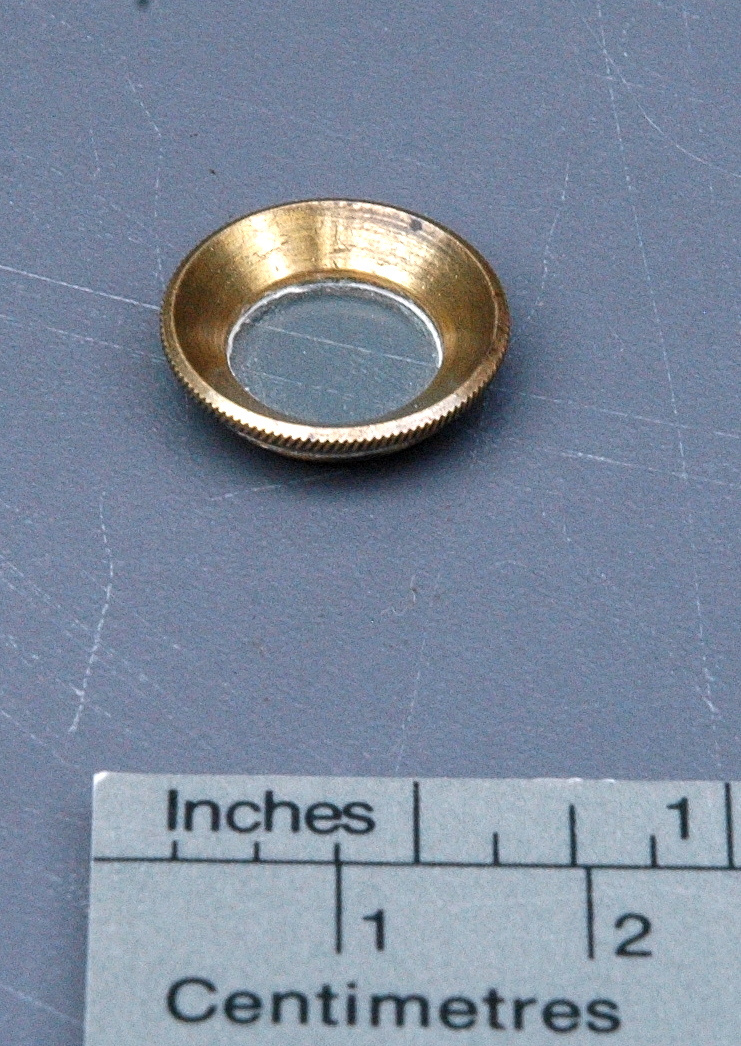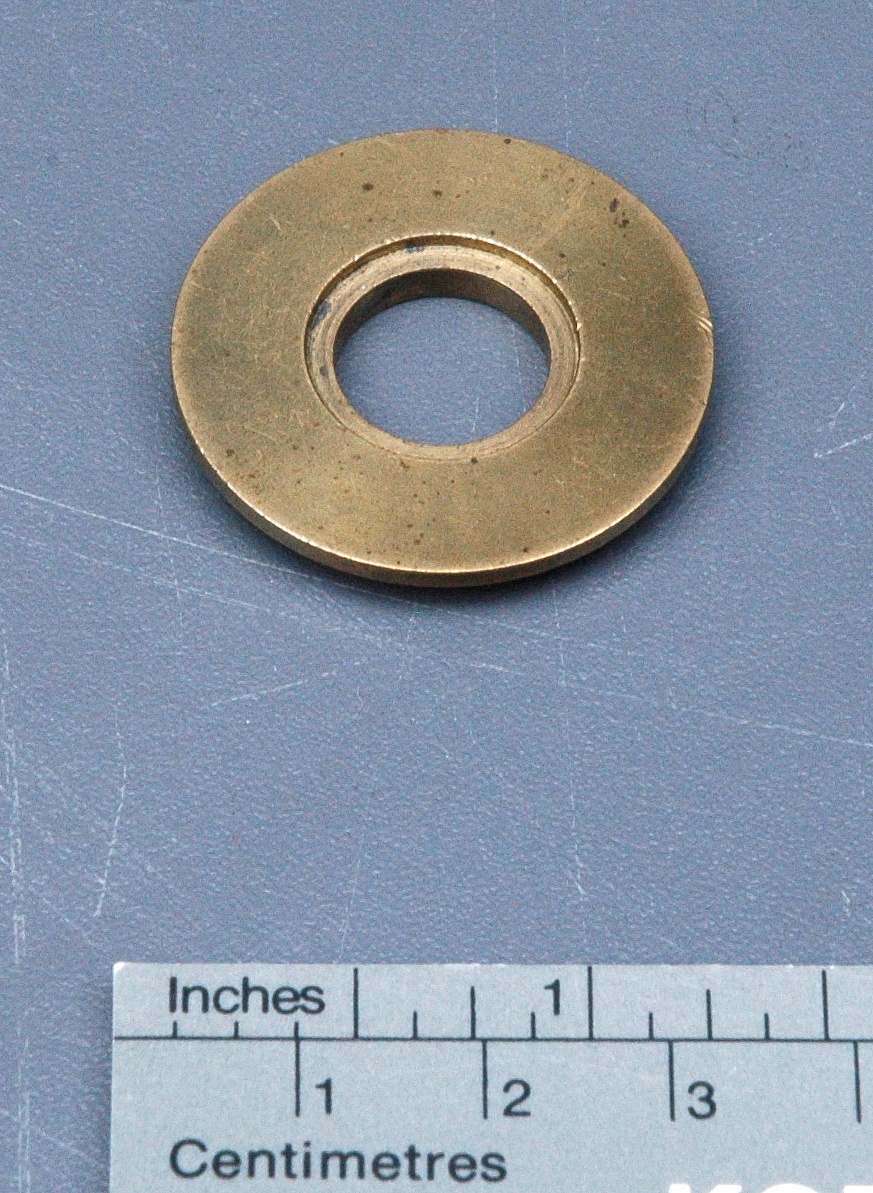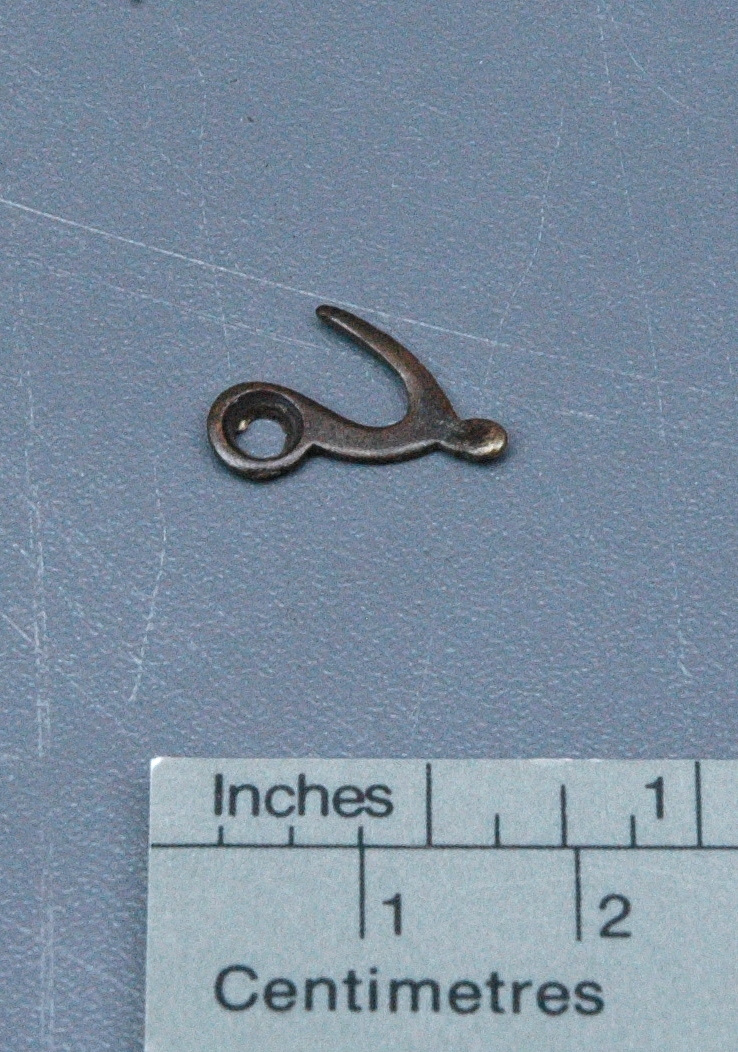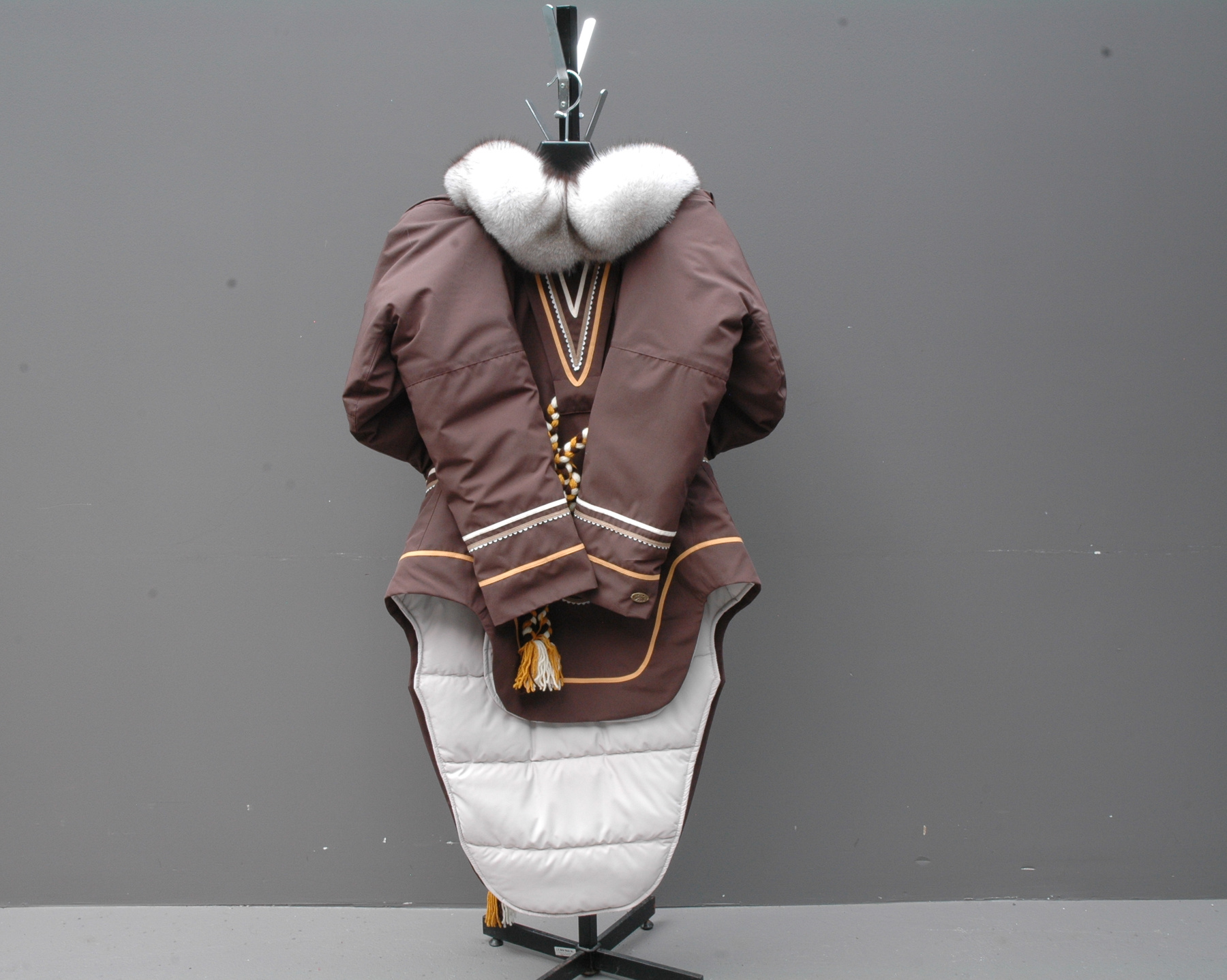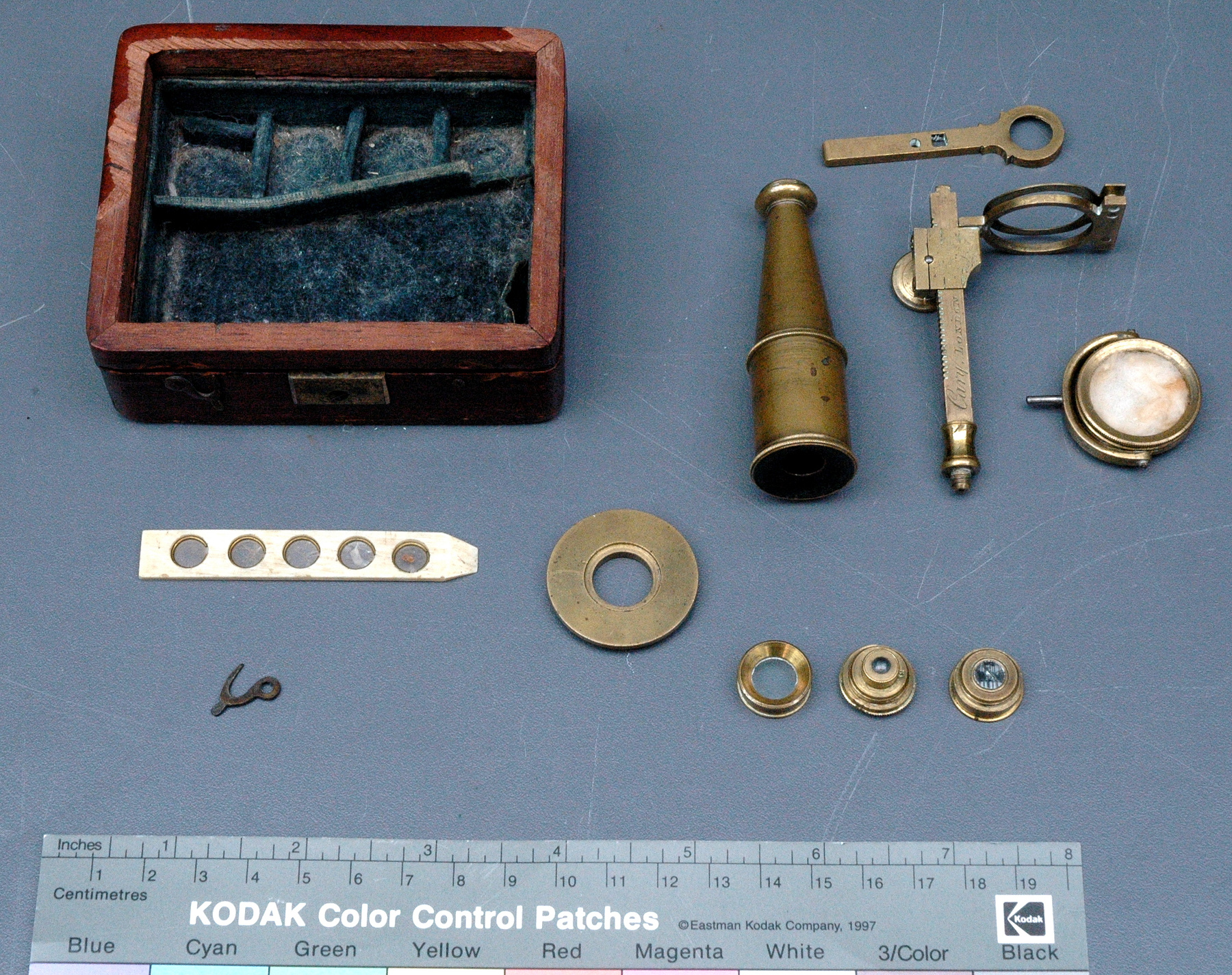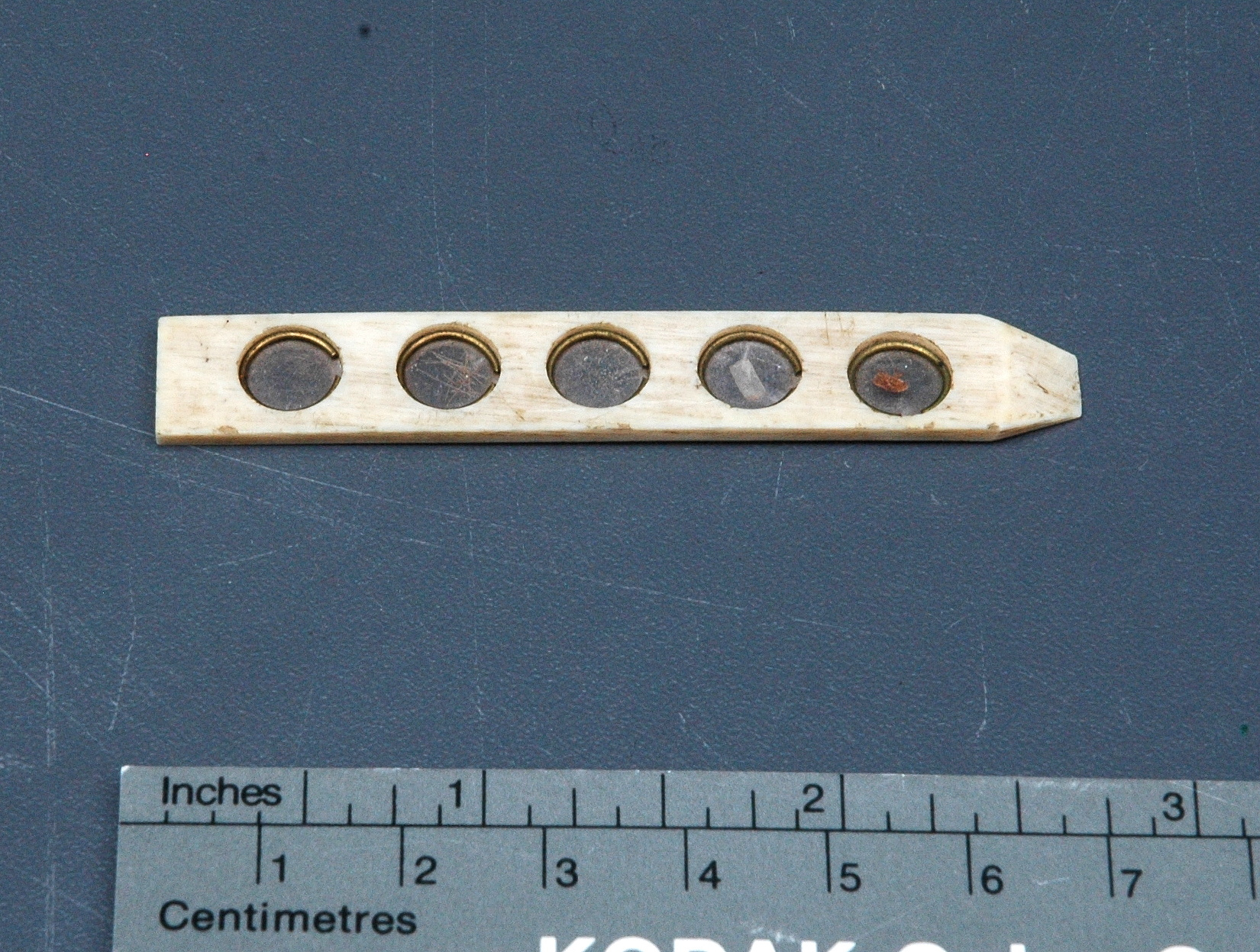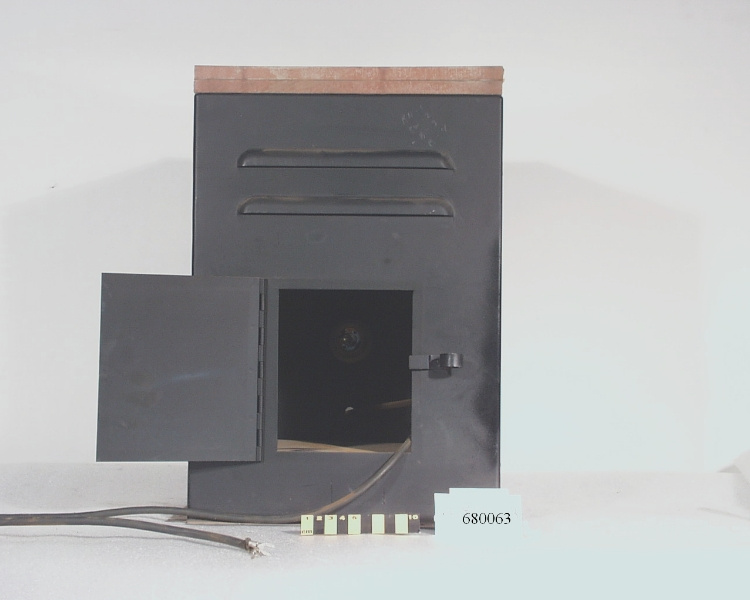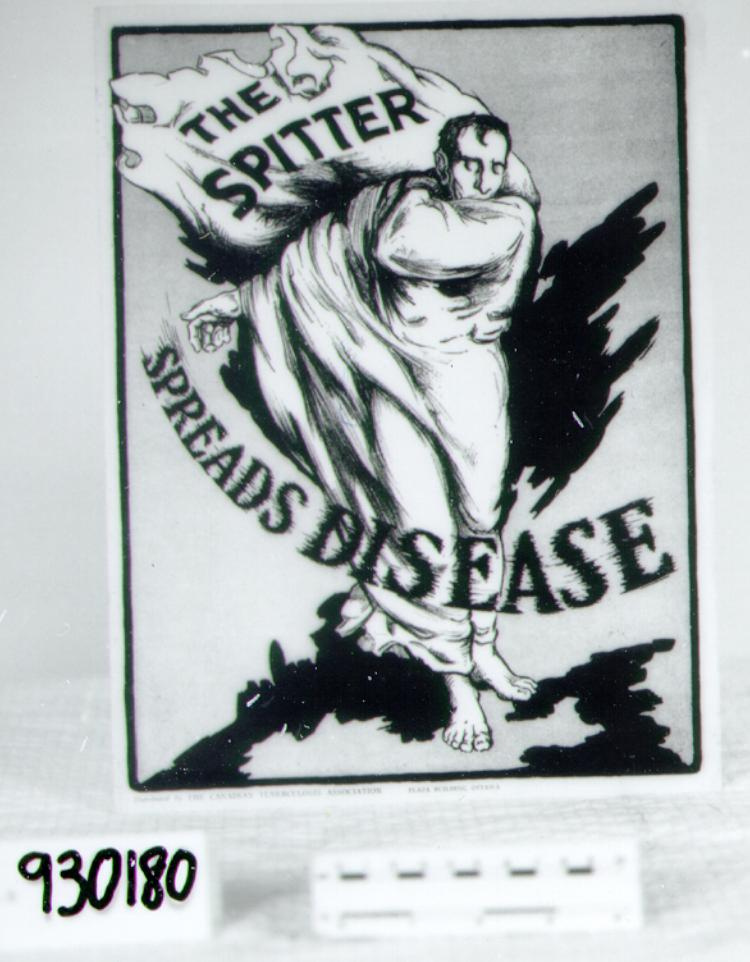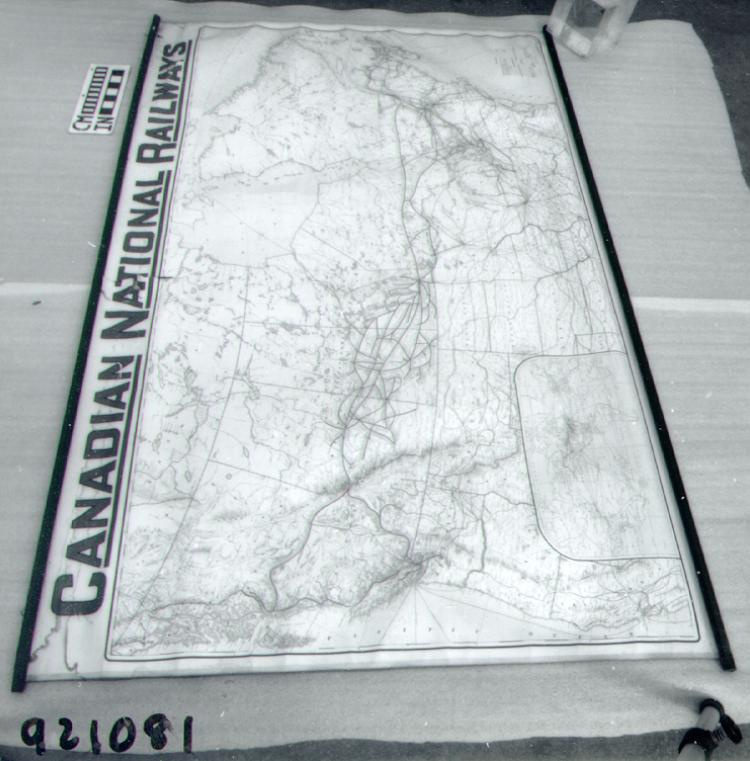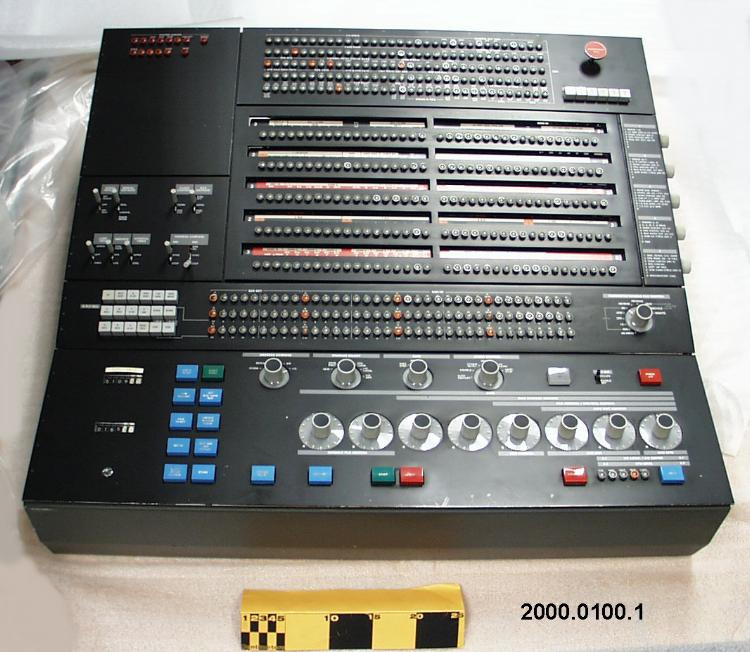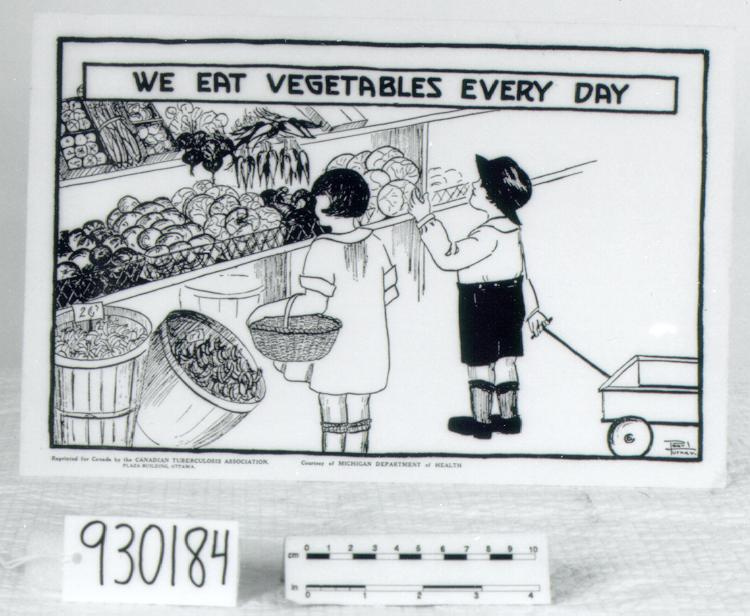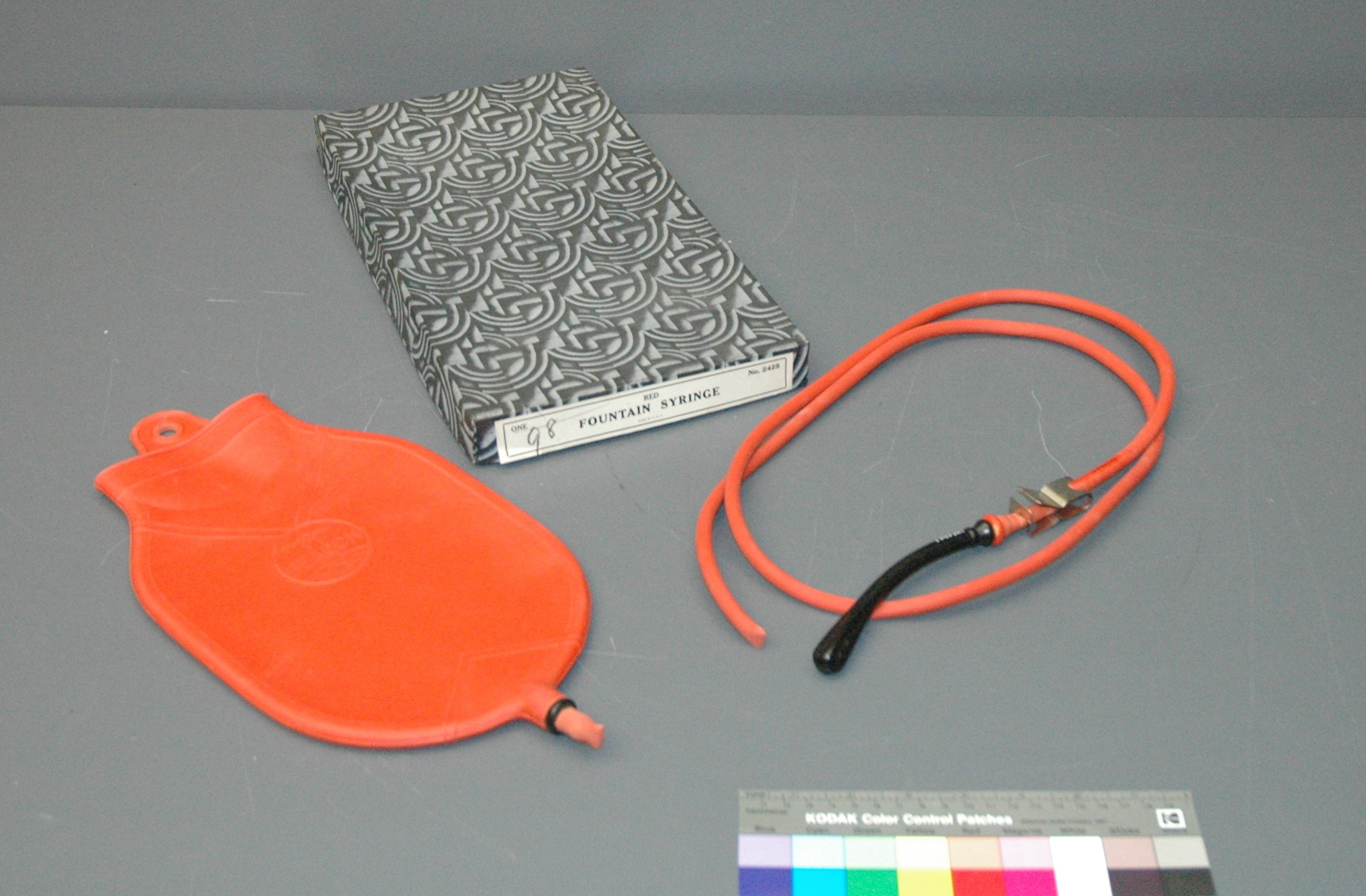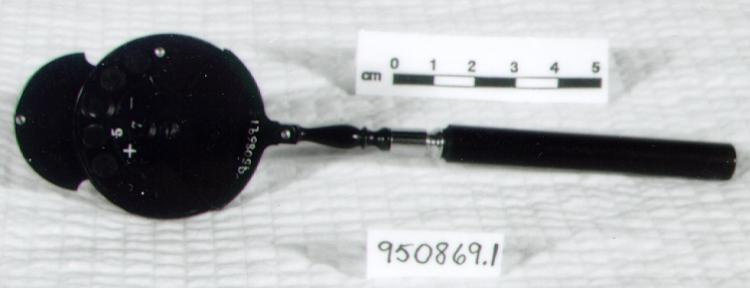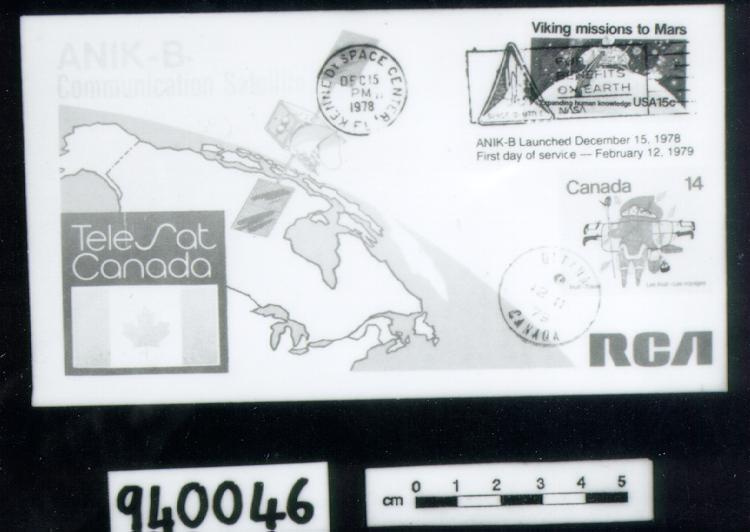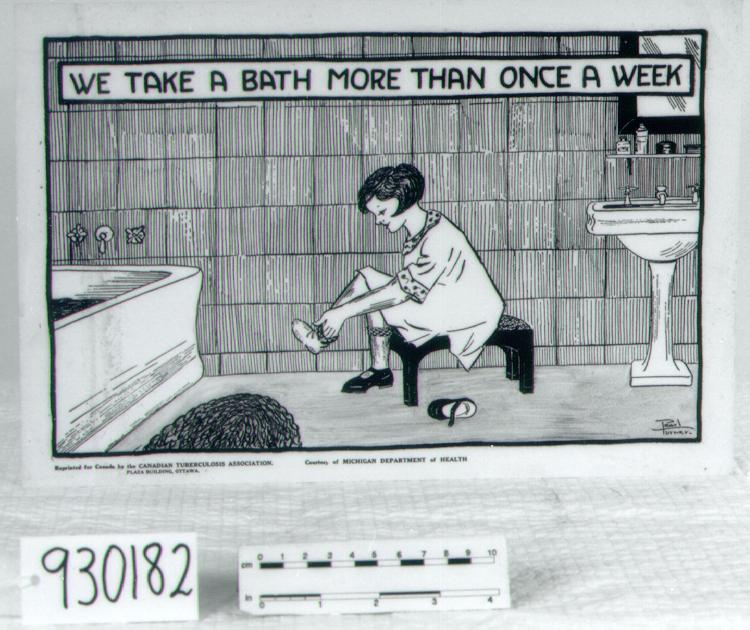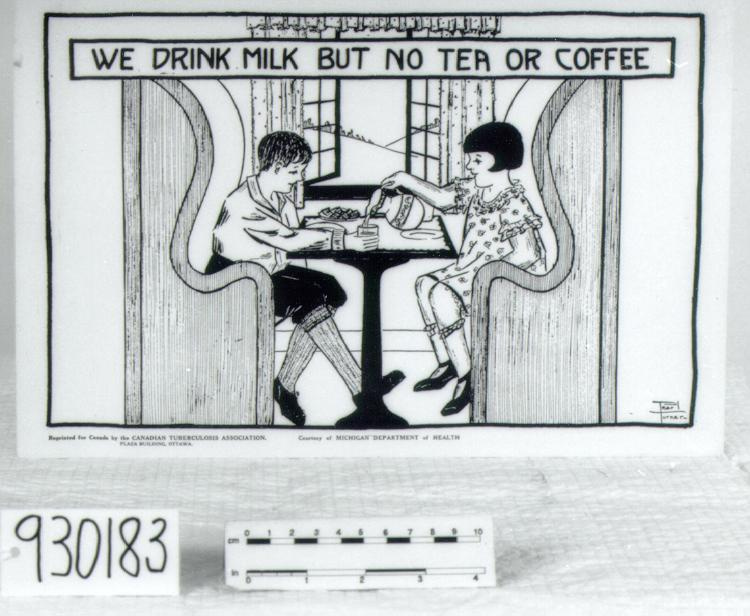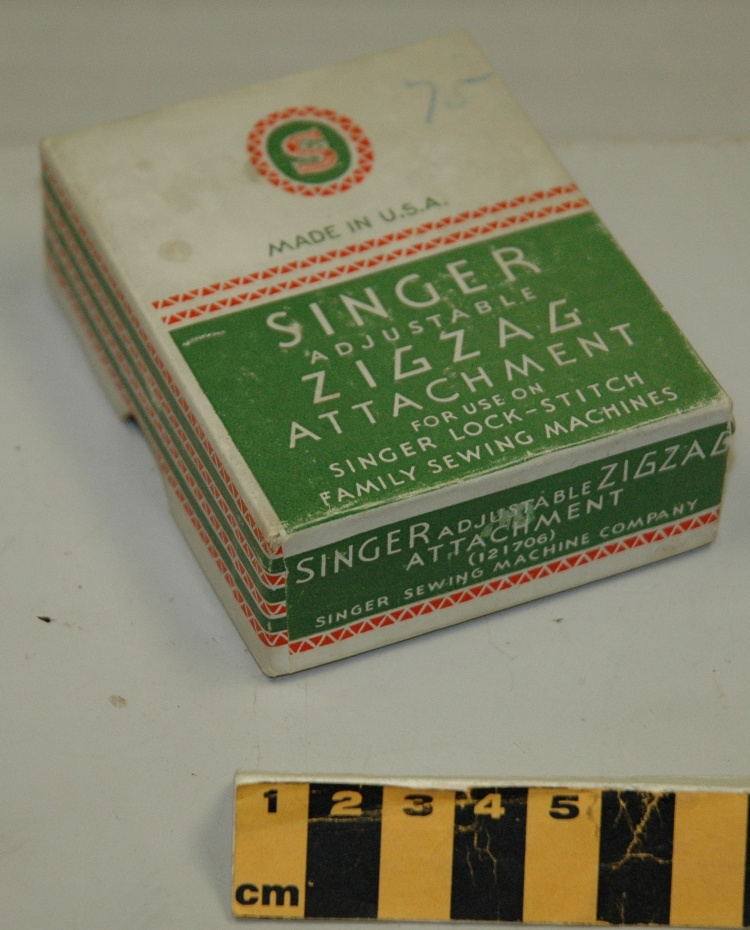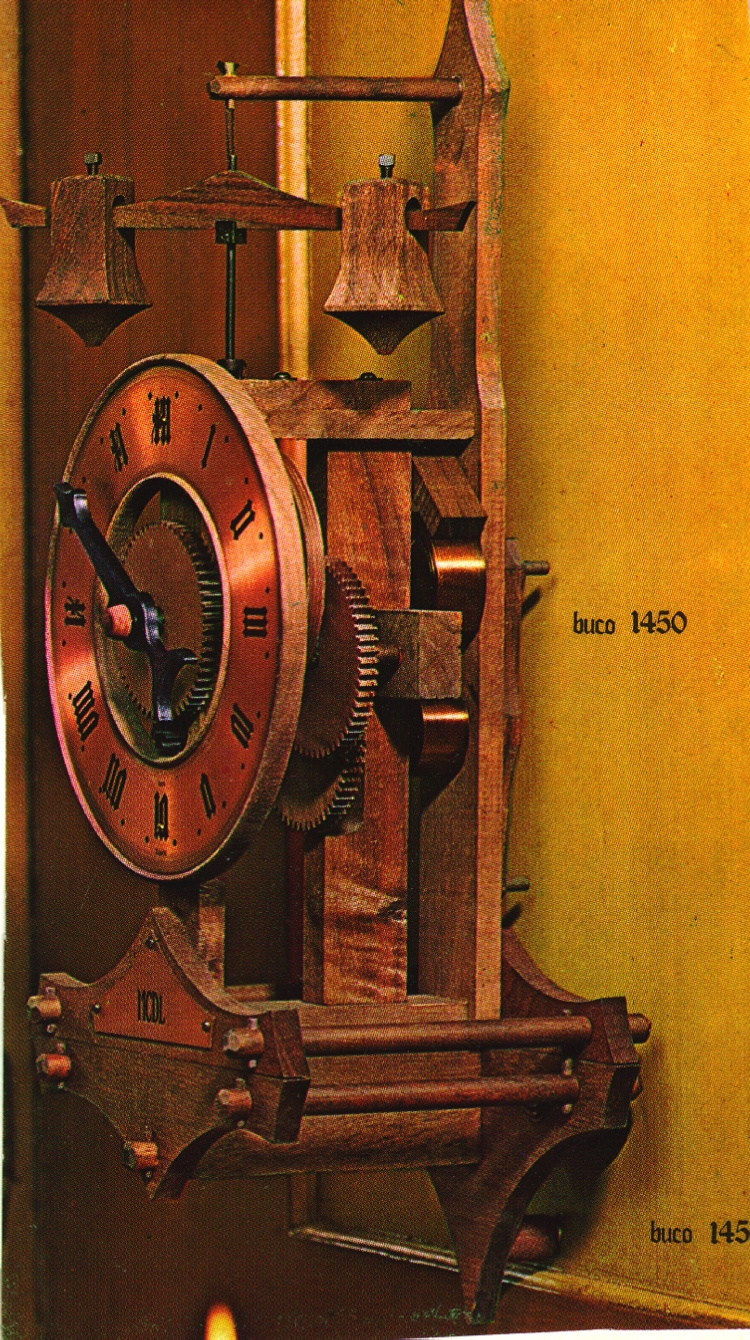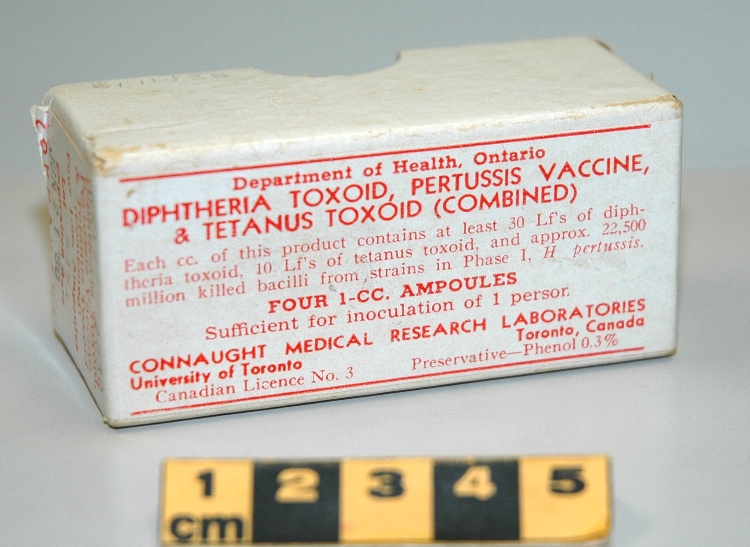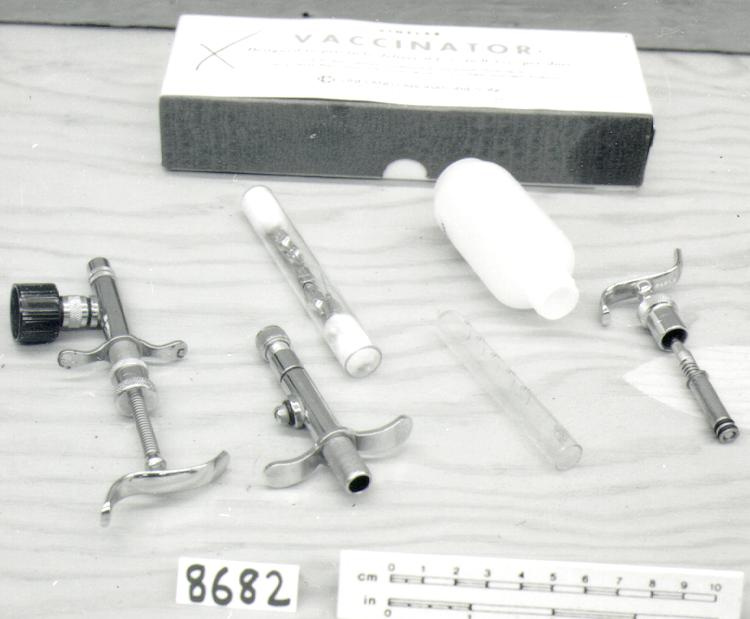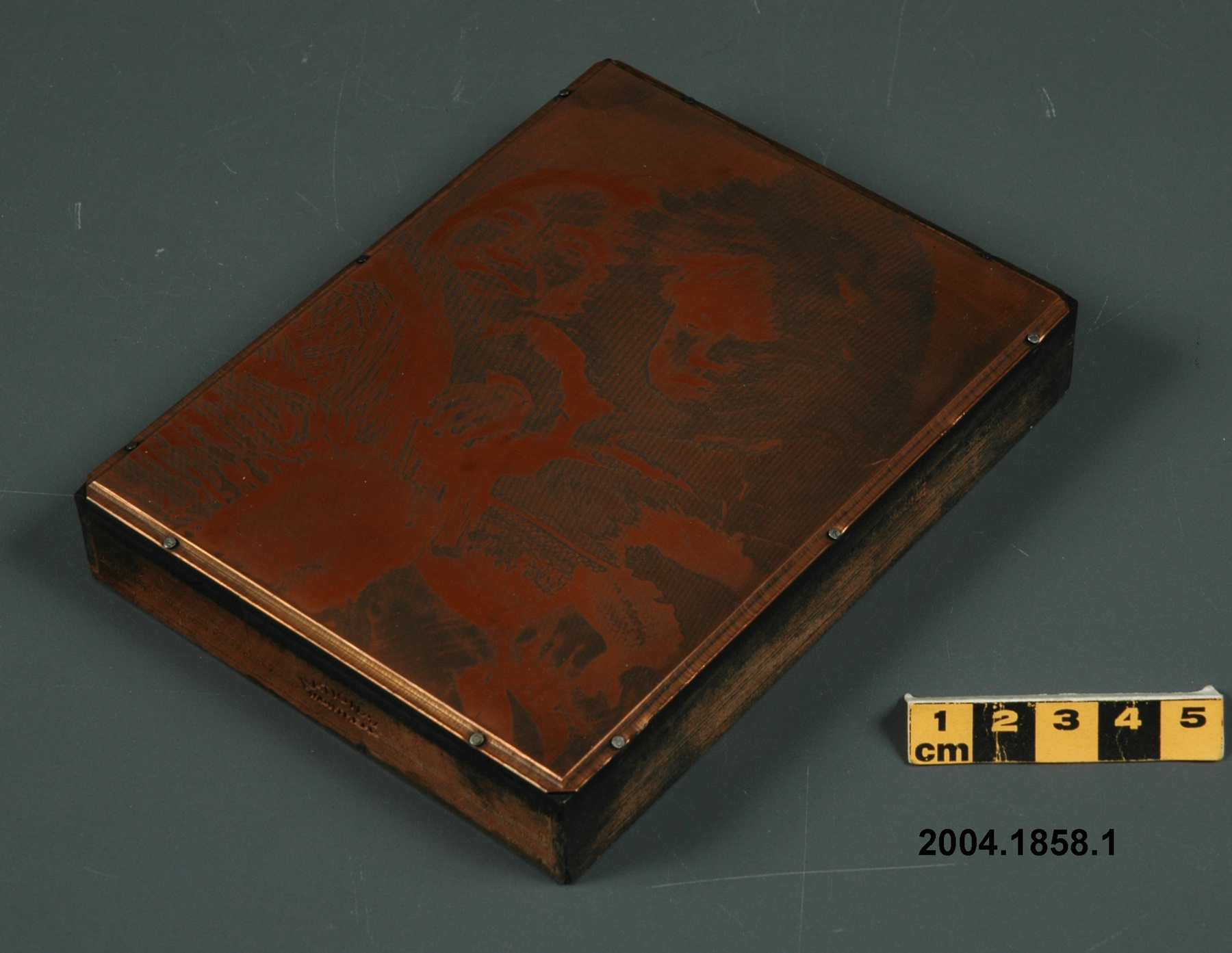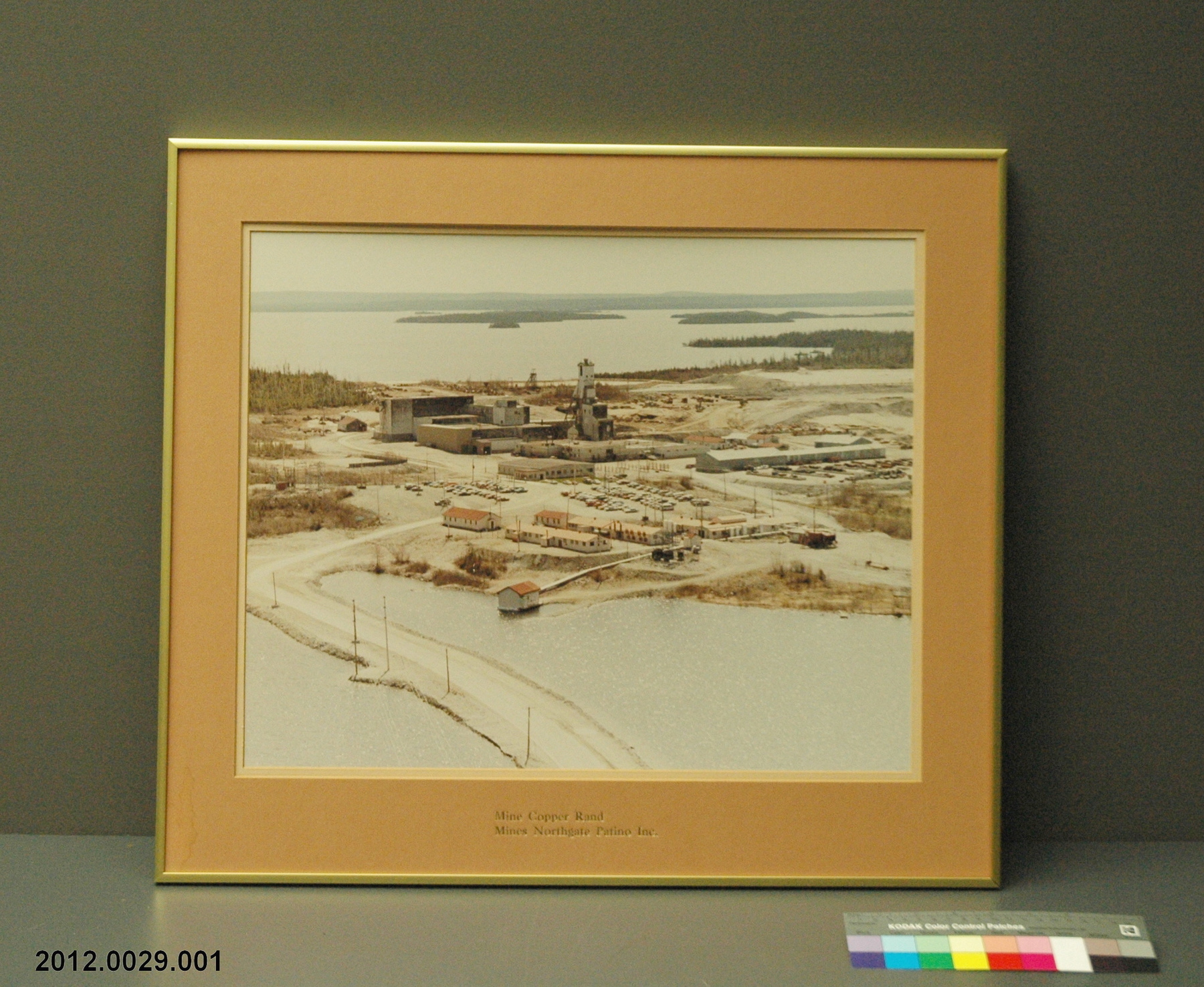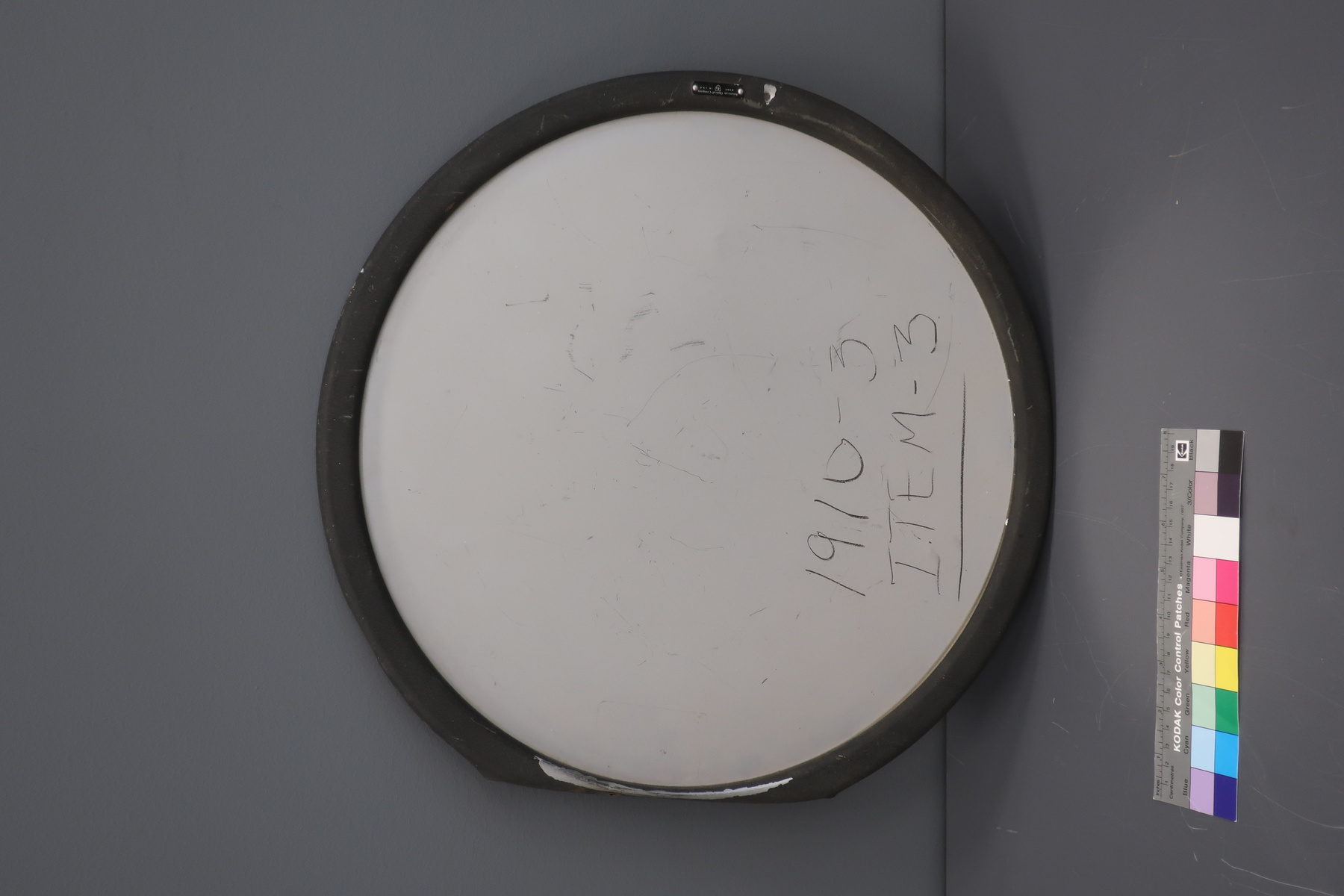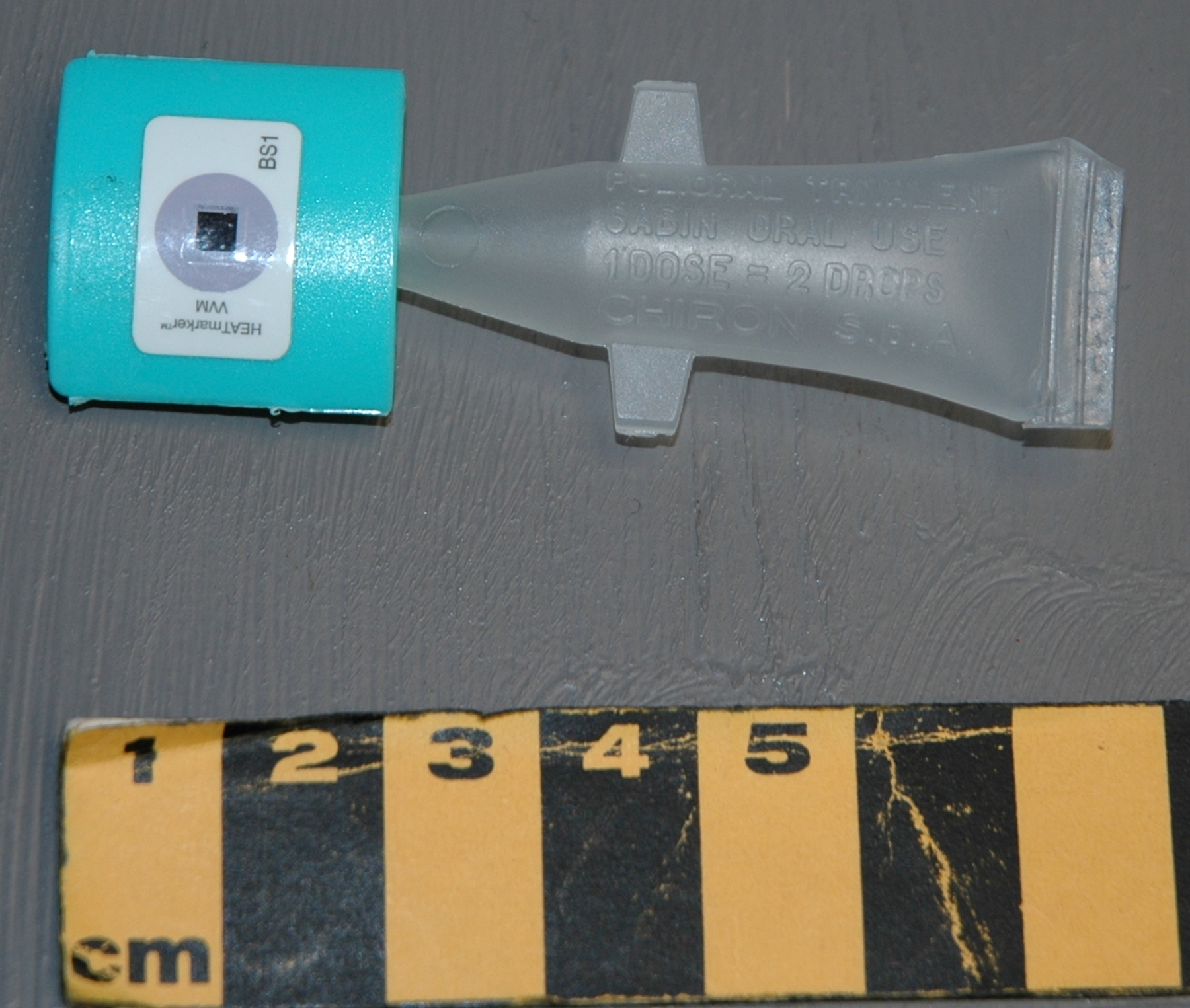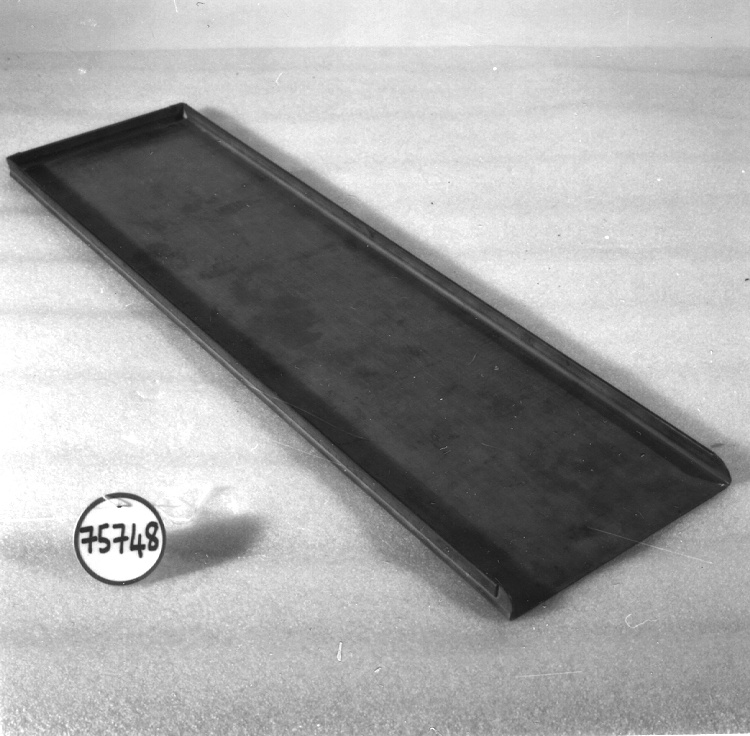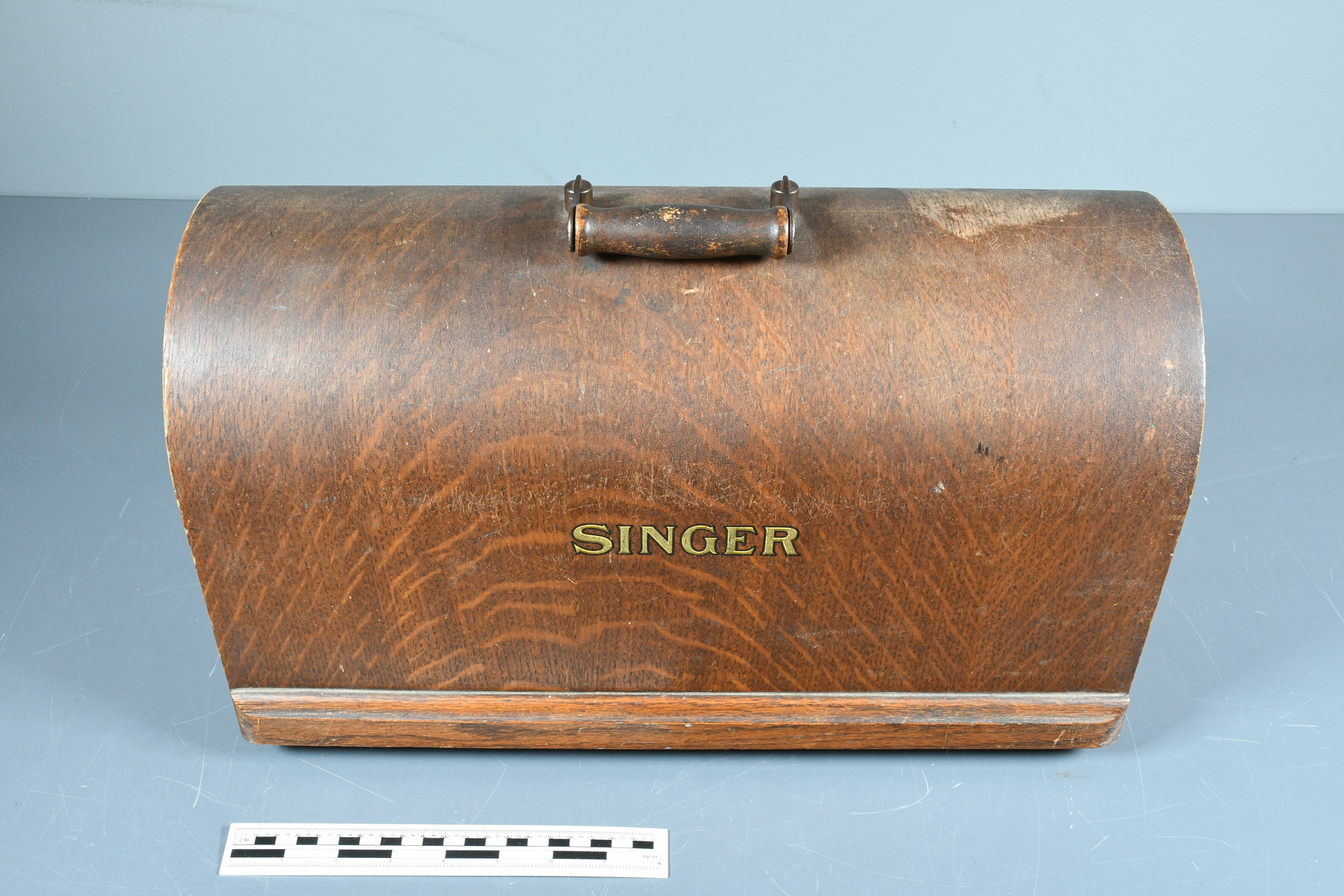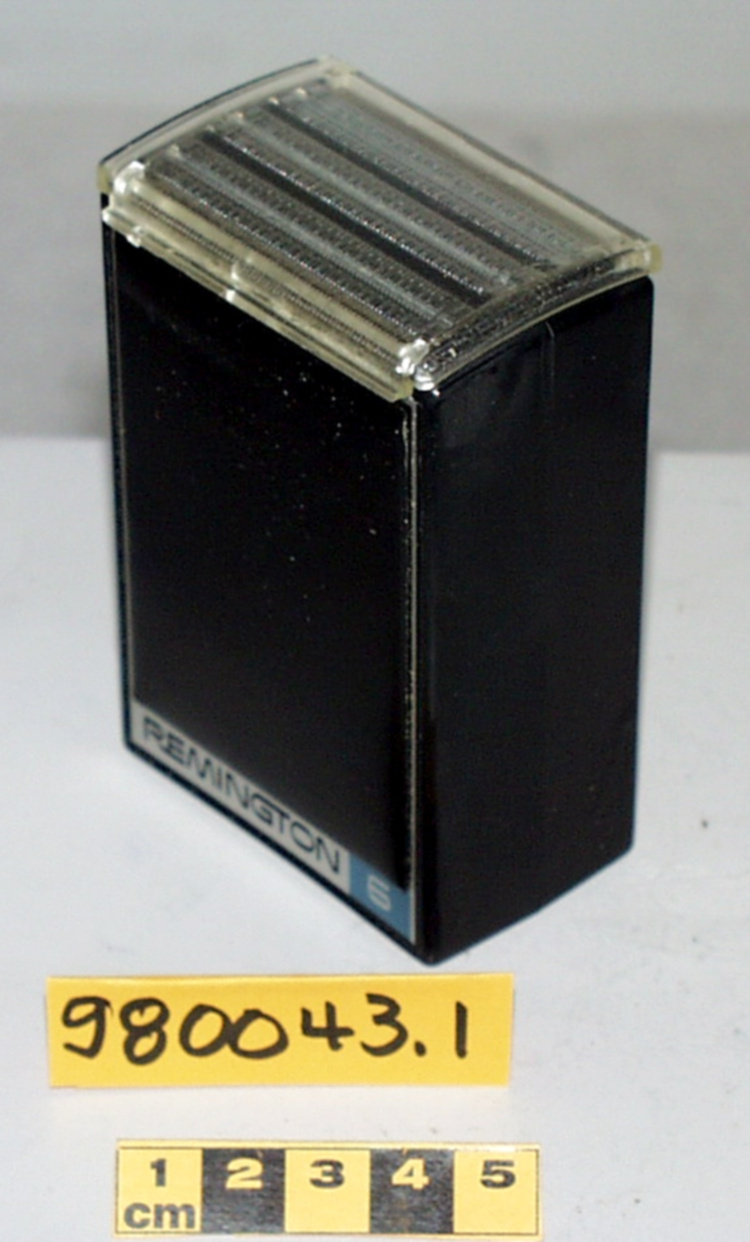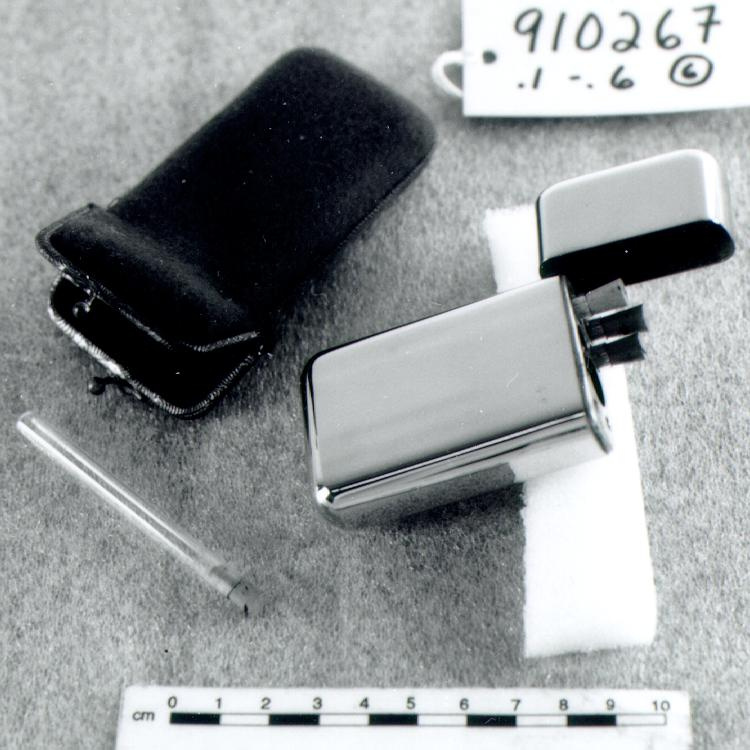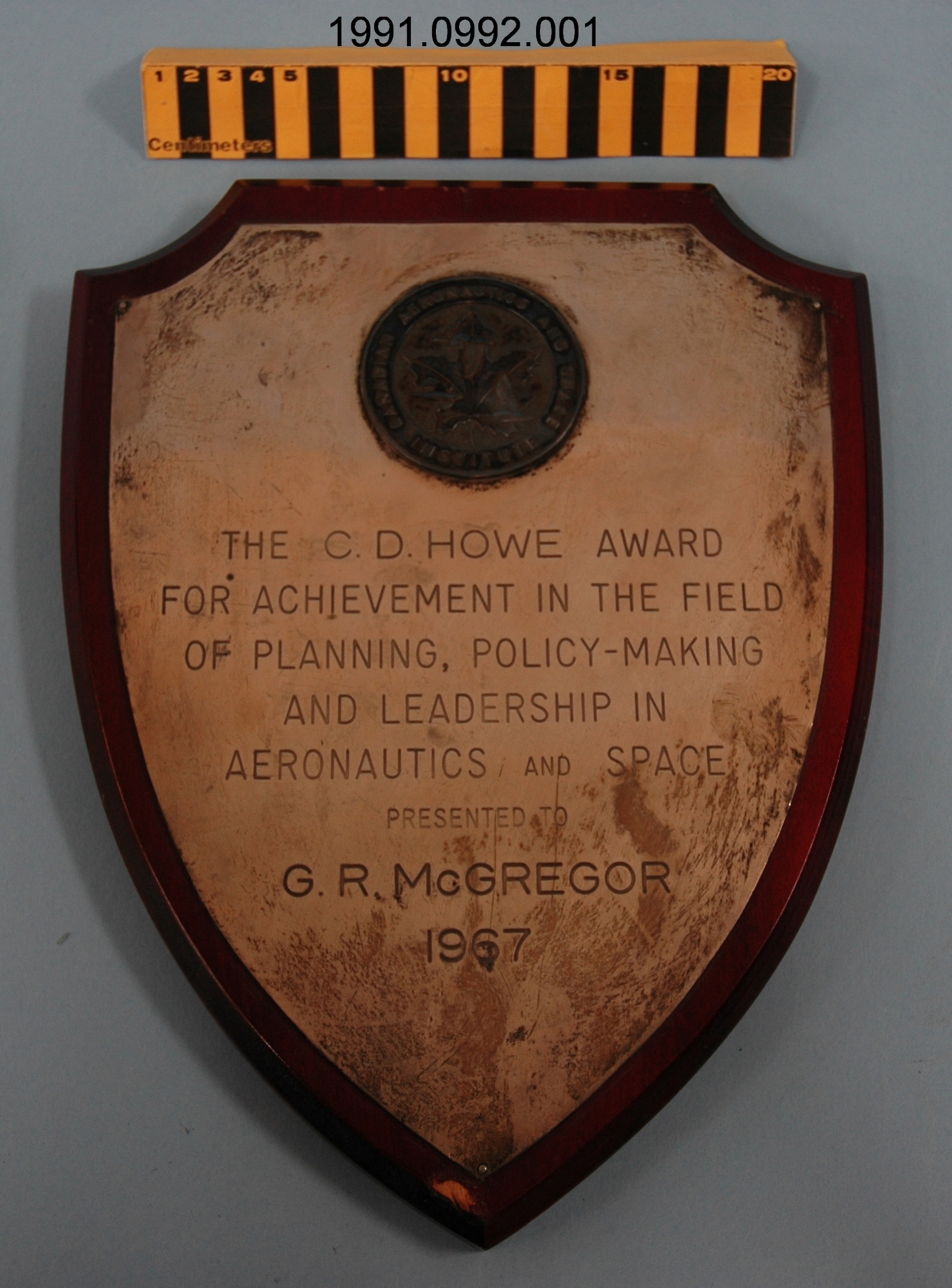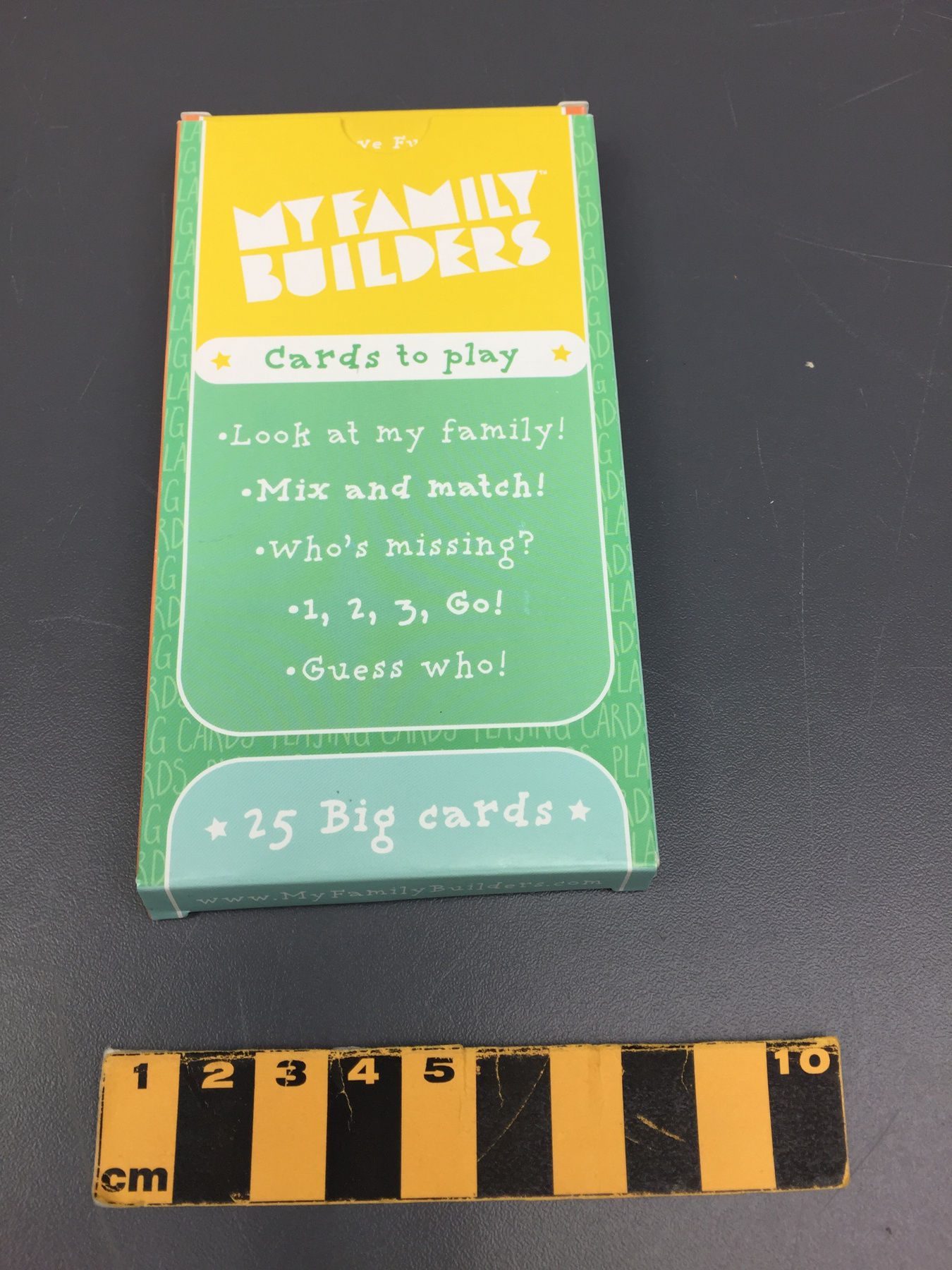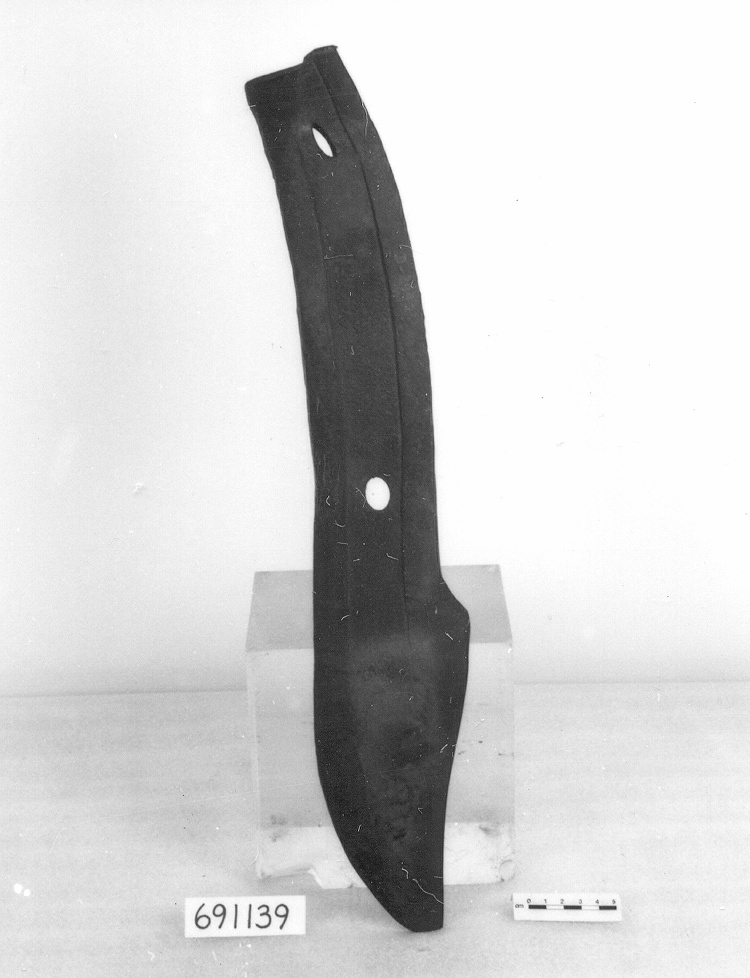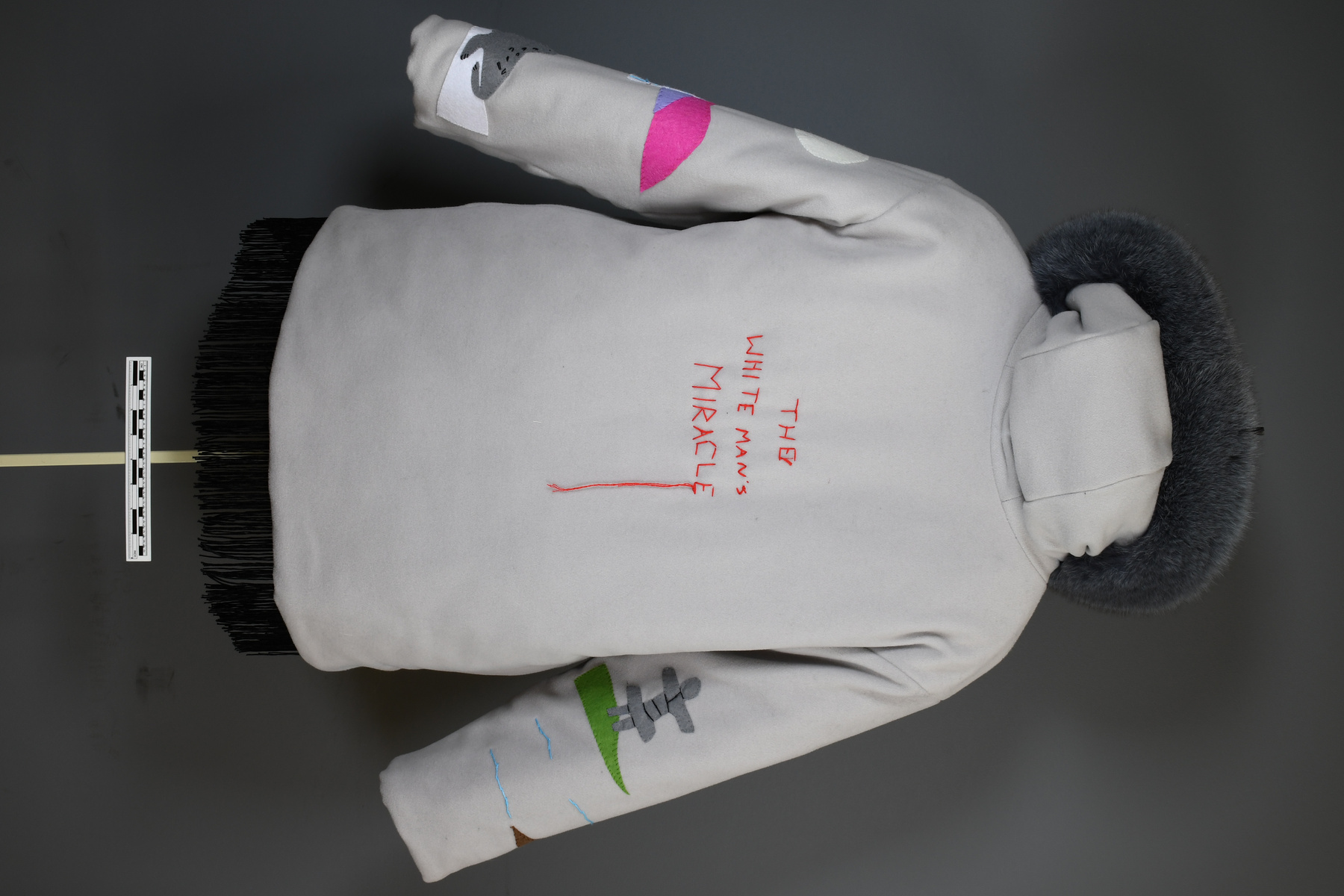Parka
Use this image
Can I reuse this image without permission? Yes
Object images on the Ingenium Collection’s portal have the following Creative Commons license:
Copyright Ingenium / CC BY-NC-ND (Attribution-NonCommercial 4.0 International (CC BY-NC 4.0)
ATTRIBUTE THIS IMAGE
Ingenium,
2024.0470.001
Permalink:
Ingenium is releasing this image under the Creative Commons licensing framework, and encourages downloading and reuse for non-commercial purposes. Please acknowledge Ingenium and cite the artifact number.
DOWNLOAD IMAGEPURCHASE THIS IMAGE
This image is free for non-commercial use.
For commercial use, please consult our Reproduction Fees and contact us to purchase the image.
- OBJECT TYPE
- Inuit/Storytelling
- DATE
- 2020
- ARTIFACT NUMBER
- 2024.0470.001
- MANUFACTURER
- Unknown
- MODEL
- Tuberculosis Parka/Japa
- LOCATION
- Unknown
More Information
General Information
- Serial #
- N/A
- Part Number
- 1
- Total Parts
- 1
- AKA
- Japa
- Patents
- N/A
- General Description
- Melton wool; quilted PrimaSoft lining; dyed fox fur; felt; embroidery thread; sewing thread; bias tape; decorative fringe.
Dimensions
Note: These reflect the general size for storage and are not necessarily representative of the object's true dimensions.
- Length
- 90.0 cm
- Width
- 35.0 cm
- Height
- 100.0 cm
- Thickness
- N/A
- Weight
- N/A
- Diameter
- N/A
- Volume
- N/A
Lexicon
- Group
- Medical Technology
- Category
- Commemorative
- Sub-Category
- N/A
Manufacturer
- AKA
- Unknown
- Country
- Unknown
- State/Province
- Unknown
- City
- Unknown
Context
- Country
- Canada
- State/Province
- Unknown
- Period
- Made in 2020.
- Canada
-
This parka is made in an Eastern Arctic Inuit style and depicts the donor’s interpretation of the experiences of Inuit tuberculosis patients and their families during the 1950s-60s at Clearwater Lake Sanatorium in Manitoba, where multiple of the donor’s family members were treated. These experiences have left a lasting legacy of mistrust for the Canadian medical system within many Indigenous communities. This sanatorium excluded patients from decisions about their own care but was not, however, the only tuberculosis sanatorium where Inuit were segregated and forced to remain for years of ‘treatment’. Tuberculosis sanatoria and segregated hospitalization of Inuit in colonial hospitals had a large impact on Inuit family structures and communities at large, and has had lasting effects and caused trauma in many different aspects of their everyday life, such as health, family, and medical trust. When family members were taken away, ascribed roles such as primary caregivers, seamstresses, and hunters were no longer fulfilled, and so Inuit families and communities struggled to stay afloat. Even after Inuit patients returned home, the lived experiences within the tuberculosis sanatoria had altered family dynamics permanently. To this day, tuberculosis remains many times higher within Inuit and Indigenous communities than with white Canadians. This knowledge provides insight into the Indigenous communities’ lack of trust in the government’s requirement to get vaccinated, due to the BCG vaccination and Tuberculin tests. The BCG vaccine underwent a 12-year experimental trial on Indigenous infants in Fort Qu’Appelle Sanatorium, which used infants on the nearby reserve as a control sample. It was funded by the Canadian Tuberculosis Association and National Research Council of Canada. Ferguson, who ran the study, believed that Indigenous folks were “primitive” and therefore more vulnerable to tuberculosis. There were mass vaccinations in Indigenous hospitals starting around 1946, which then resulted in false positives in Tuberculin tests. Inuit patients were kept in tuberculosis sanatoria for years where they were confined to beds, where families were separated, and where children were sometimes immobilized using plaster casts, even when limbs were not broken. Babies born in sanatoria were sometimes adopted out to foster families to keep them from being infected, and Inuit who died in the south were sometimes buried in unmarked municipal graves. The parka reflects letters written by patients in Inuktitut and sent to the “Eskimology” section of the Department of Northern Affairs and National Resources where they were translated by the department staff to English. The letters can be found at Library and Archives Canada (LAC). Aboriginal Peoples Television Network obtained 5789 pages from LAC through an Access to Information and Privacy Act request in 2017 and produced two documentaries about the letters. In the letters, the patients describe feeling homesick, isolated, abused, and immensely concerned for their family members they were taken away from. As Métis journalist Miles Morisseau puts it in his article A National Crime, “As Indigenous people, this is a living, breathing history that we carry upon our shoulders, and what we look for in this age of reconciliation are allies who will begin to bear the weight of history upon their own shoulders”. The donor’s parka provides us the opportunity to deconstruct the heroic lens that is often used when discussing the history of medicine in Canada and how people who had tuberculosis were cured, and allows an object to stand in stark contrast to the colonial tools of medicine found in our collection that caused immediate and lasting harm to many Inuit. Despite Inuit ways of knowing being directly threatened by tuberculosis sanatoria, which were directly facilitated by a colonial system, they have persisted and are represented on this parka. - Function
-
This parka is a storytelling tool to illustrate the harm of tuberculosis sanatoria on Inuit communities and how the sanitoria were tools of colonialism. - Technical
-
The donor used an innovative approach by incorporating both the parka pattern and the traditional wall hanging and storytelling through art techniques in one artistic work which is meant to be used as an educational tool. To cite the donor directly: “Inuit wall hangings often transmit traditional knowledge, history, and culture through their depictions that are sewn into the fabric. For this parka I attempted to do the same, depicting the history and experiences of Inuit tuberculosis patients, and generational knowledge through both my own family’s experiences that has been passed down to me, as well as the sewing techniques that have been passed down through generations.” The use of traditional wall hanging techniques pays tribute to the many Inuit women who sold their art while being treated in hospitals in the South. This piece was the donor’s first attempt at combining parka making with wall-hanging embroidery, as well as stuffing some of the decals. As she went through the process of making this parka, she worked through the many emotions that came with depicting the heavy topic of tuberculosis sanatoriums and her own family’s experiences surrounding it. She recognized how valuable Inuit artistic methods can be for helping the artist process difficult emotions while keeping busy with their hands. The donor represented various depictions: Inuit, some with blue or purple faces to symbolize how families took in each other’s children when parents were taken away to the sanatoria and others crying or speaking Inuktitut calling for their mother, lungs infected with tuberculosis, the Inuktitut word “aiguaqtunga” which means “I want to go home”, a letter sent to the Eskimology department, a nurse’s cap with a maple leaf on it, Arctic landscapes including a seal, the sun, and a walrus, which was inspired by a letter from a patient who said his mind was out hunting, an igloo, a sled, a grave with the word “Eskimo” written on it, and on the back, the quote “The White Man’s Miracle”. The parka also provides a humanizing effect by both representing and situating the body, especially when compared to the fluoroscope and other hard metal medical apparatuses that would have been present in these facilities. The parka itself is a part of Inuit technology, as it was made using a traditional japa pattern passed down within the donor’s family by her grandmother. As a piece of cold weather gear, it is designed to keep the wearer warm and insulated during the winter and early spring months in the Artic. It may be used to combat the fact that the information on this topic has been frequently overlooked in research, as it often has been kept within Inuit families. This parka also represents the Inuit resilience through the techniques that have been passed down through generations despite colonial attempts to erase Inuit culture. - Area Notes
-
Unknown
Details
- Markings
- Lettering in Inuktitut syllabics on proper top right of front panel reads: “aiguaqtunga”; lettering in English on envelope on proper top left of front panel reads: “ESKIMOLOGY SECTION”; lettering in English on bottom of front panel reads: “ESKIMO”; lettering in Inuktitut syllabics on bottom of front panel reads: “anaana”; lettering in English in middle of back panel reads: “THE WHITE MAN’S MIRACLE”.
- Missing
- The artifact is complete.
- Finish
- Primarily light grey; fur trim in various shades of grey; black fringe and quilted interior; various felt shapes and embroidery in shades of grey, white, black, brown, orange, yellow, blue, pink, purple, and red.
- Decoration
- Embroidered designs on outside of parka, inspired by Inuit wall hanging techniques, and a fringe. On front panel: various lettering in English and in Inuktitut syllabics, a pair of lungs infected with tuberculosis, a nurse’s cap with a maple leaf on it, an envelope with a stamp, various figures of different sizes and colors, a stone, and two lines. On back panel: lettering in English. On proper left sleeve: an igloo with a landscape, the moon, a sled, and a seal resting on a sliver of ice. On proper right sleeve: an inukshuk standing on a sliver of grass, a walrus resting on a sliver of land, the sun, and wavy lines.
CITE THIS OBJECT
If you choose to share our information about this collection object, please cite:
Unknown Manufacturer, Parka, 2020, Artifact no. 2024.0470, Ingenium – Canada’s Museums of Science and Innovation, http://collections.ingeniumcanada.org/en/id/2024.0470.001/
FEEDBACK
Submit a question or comment about this artifact.
More Like This


